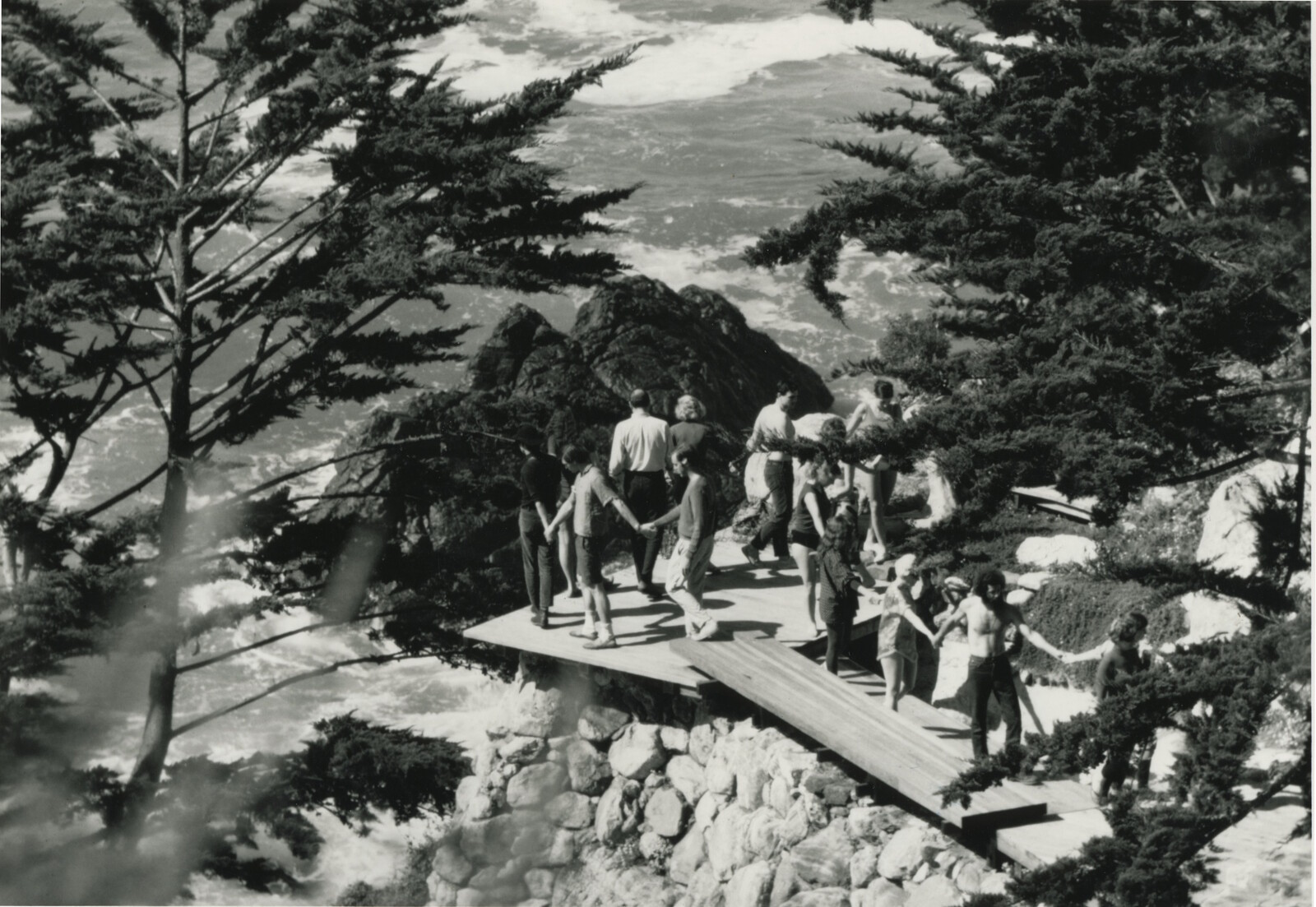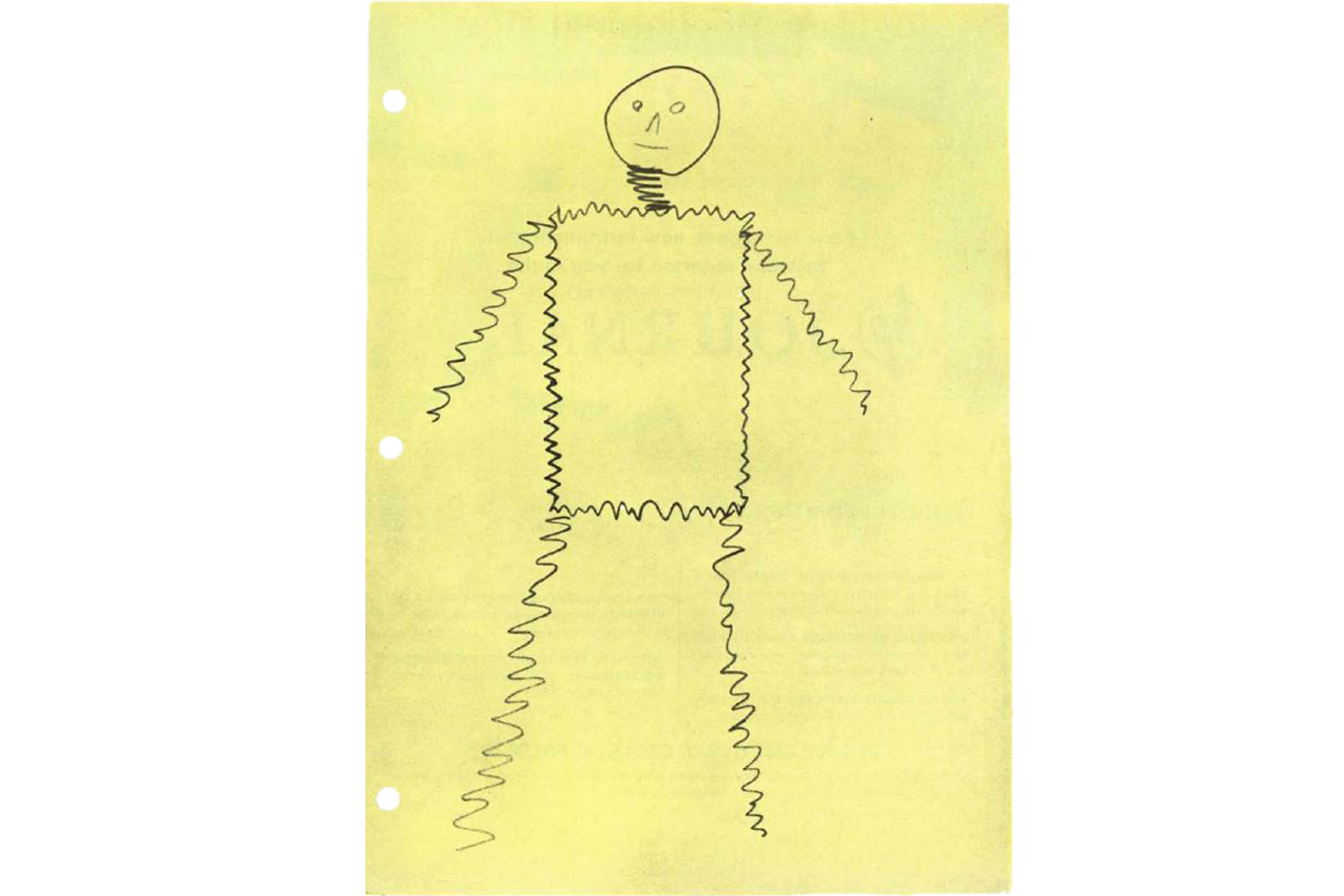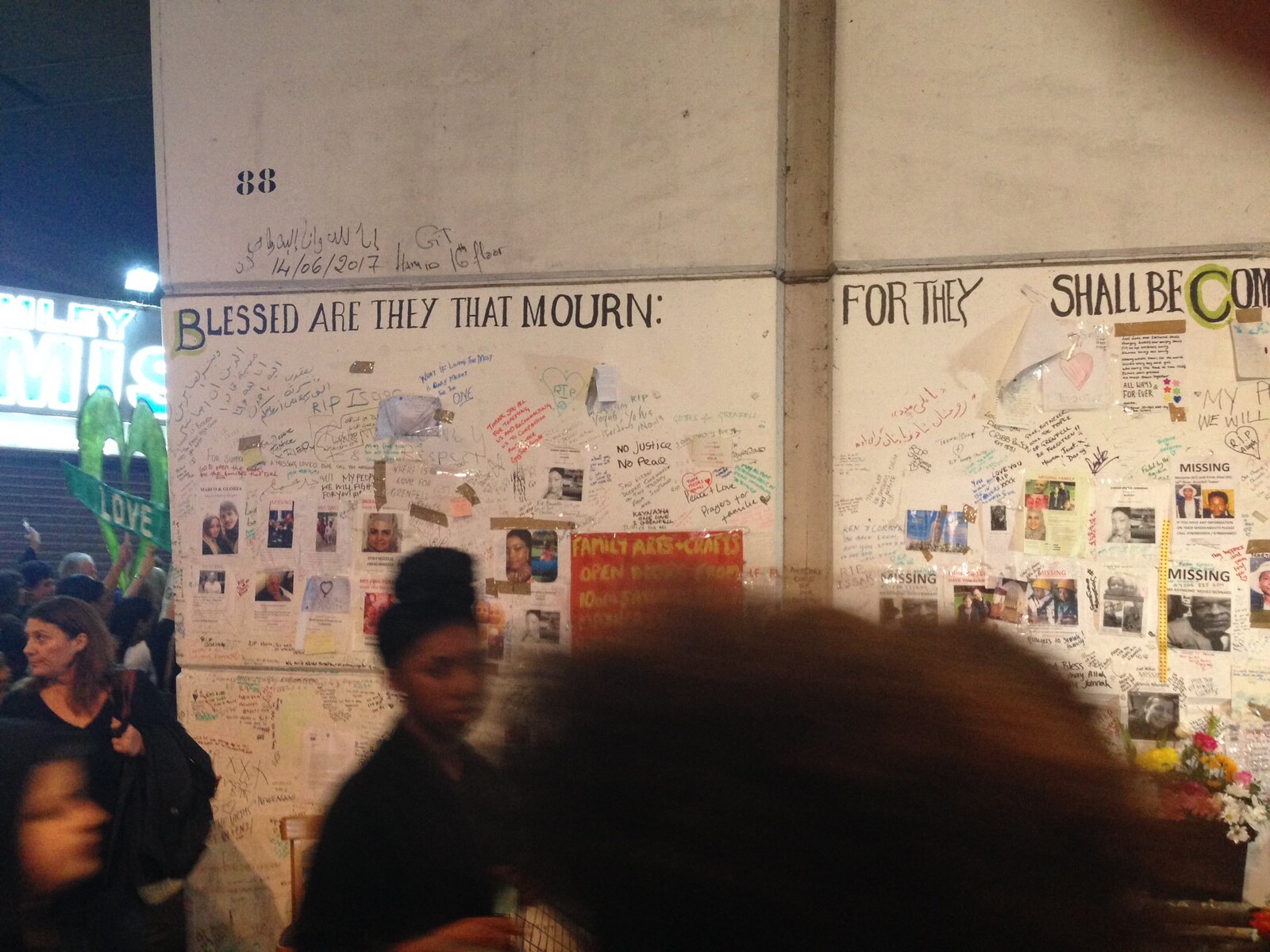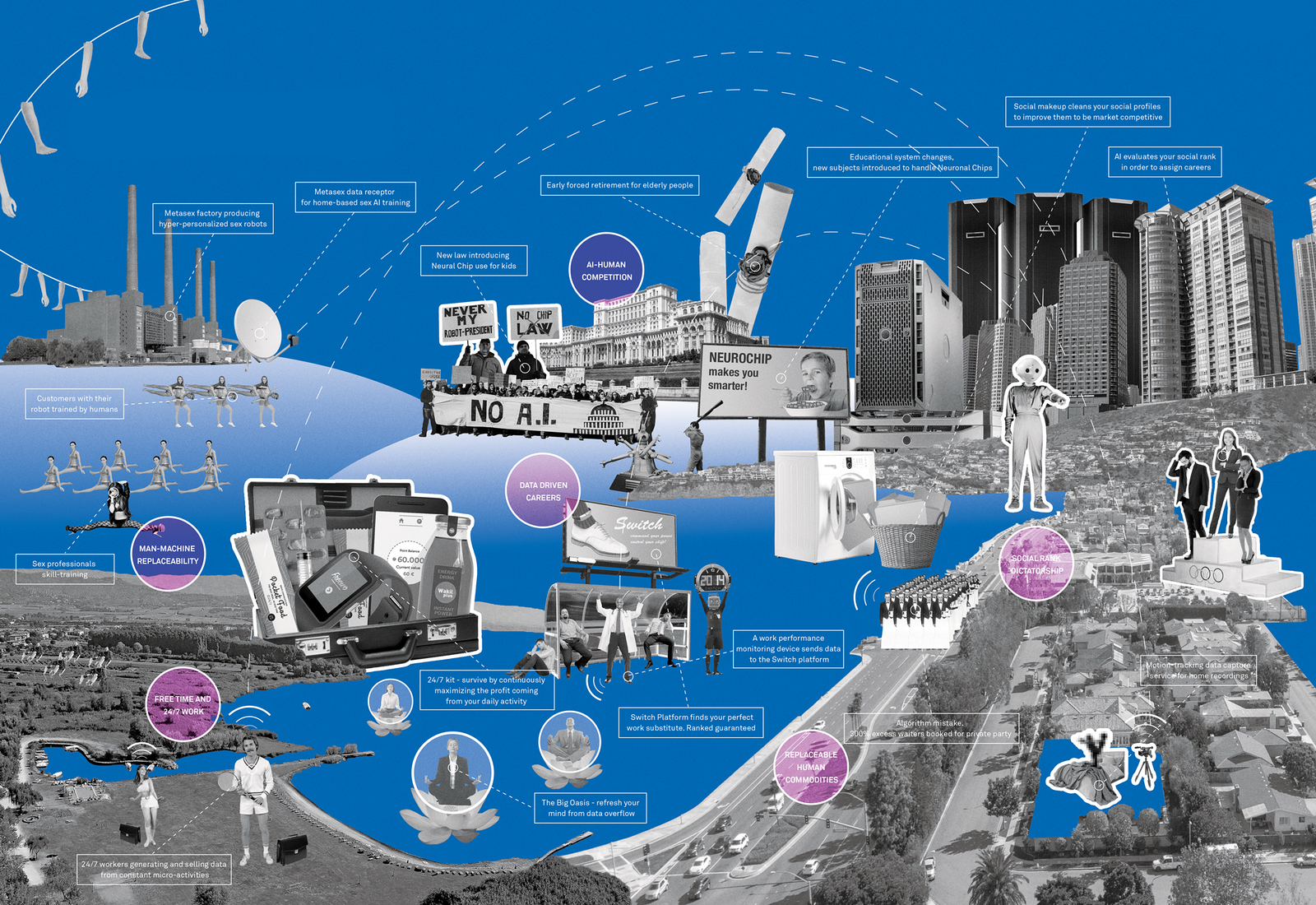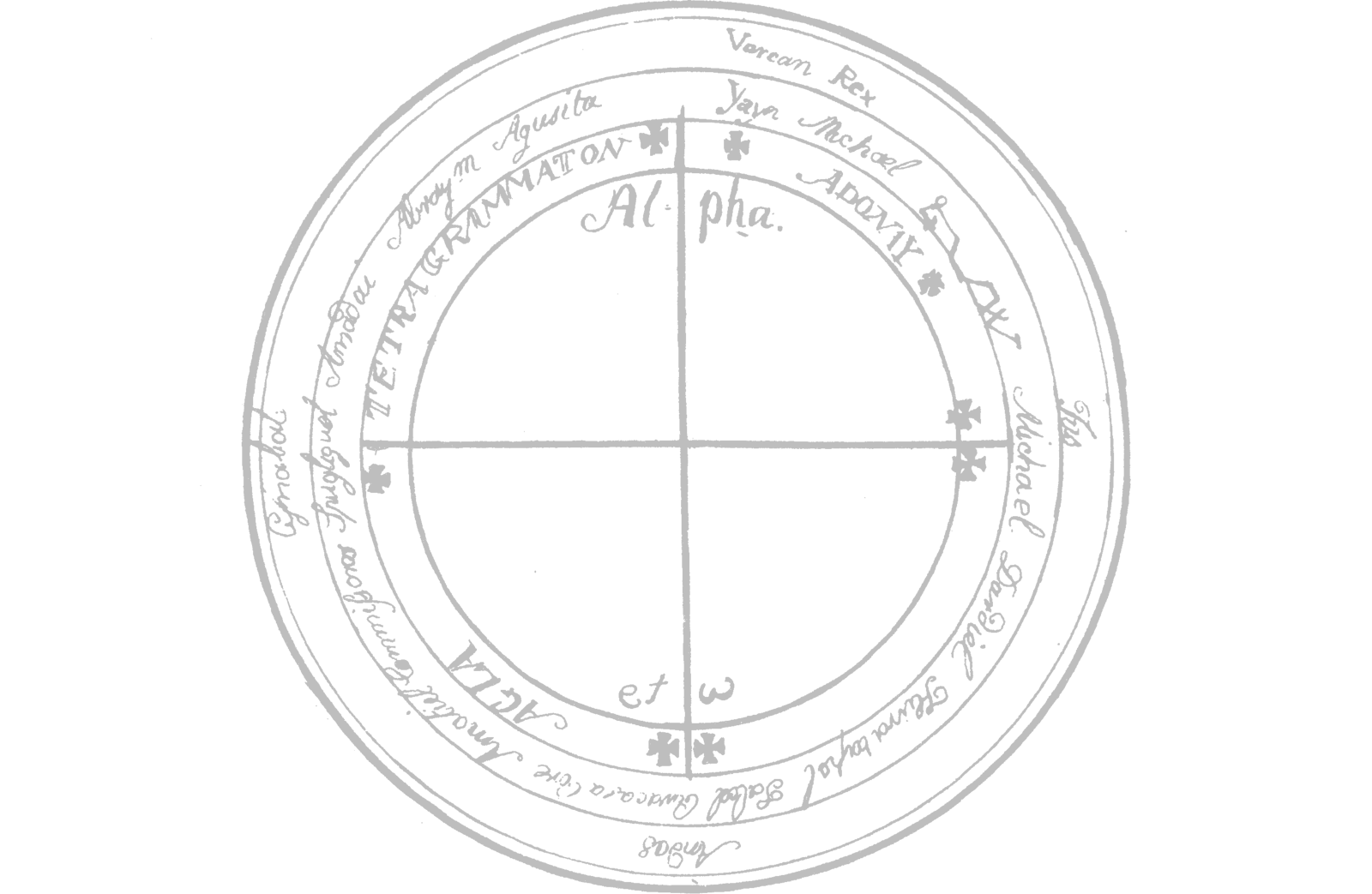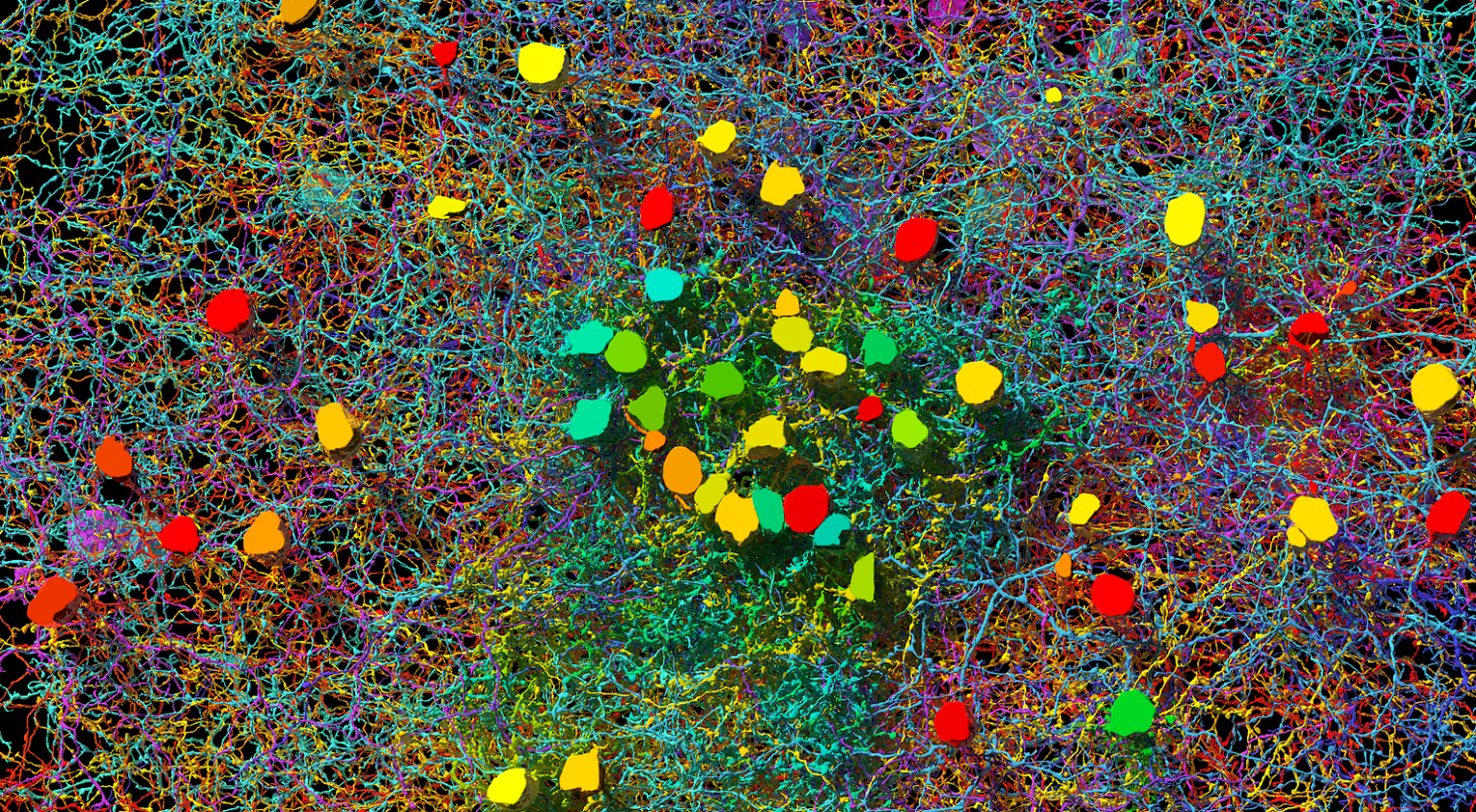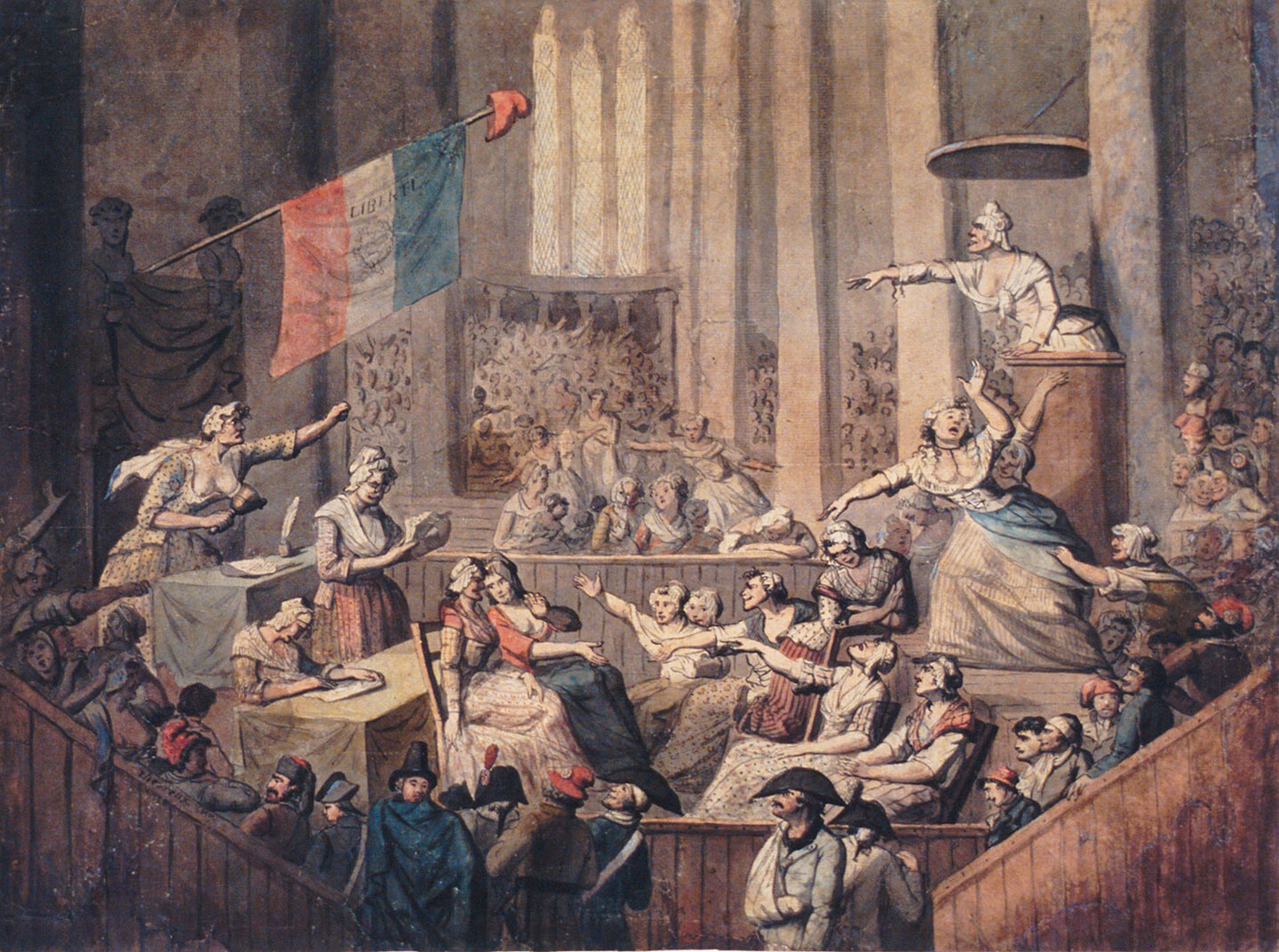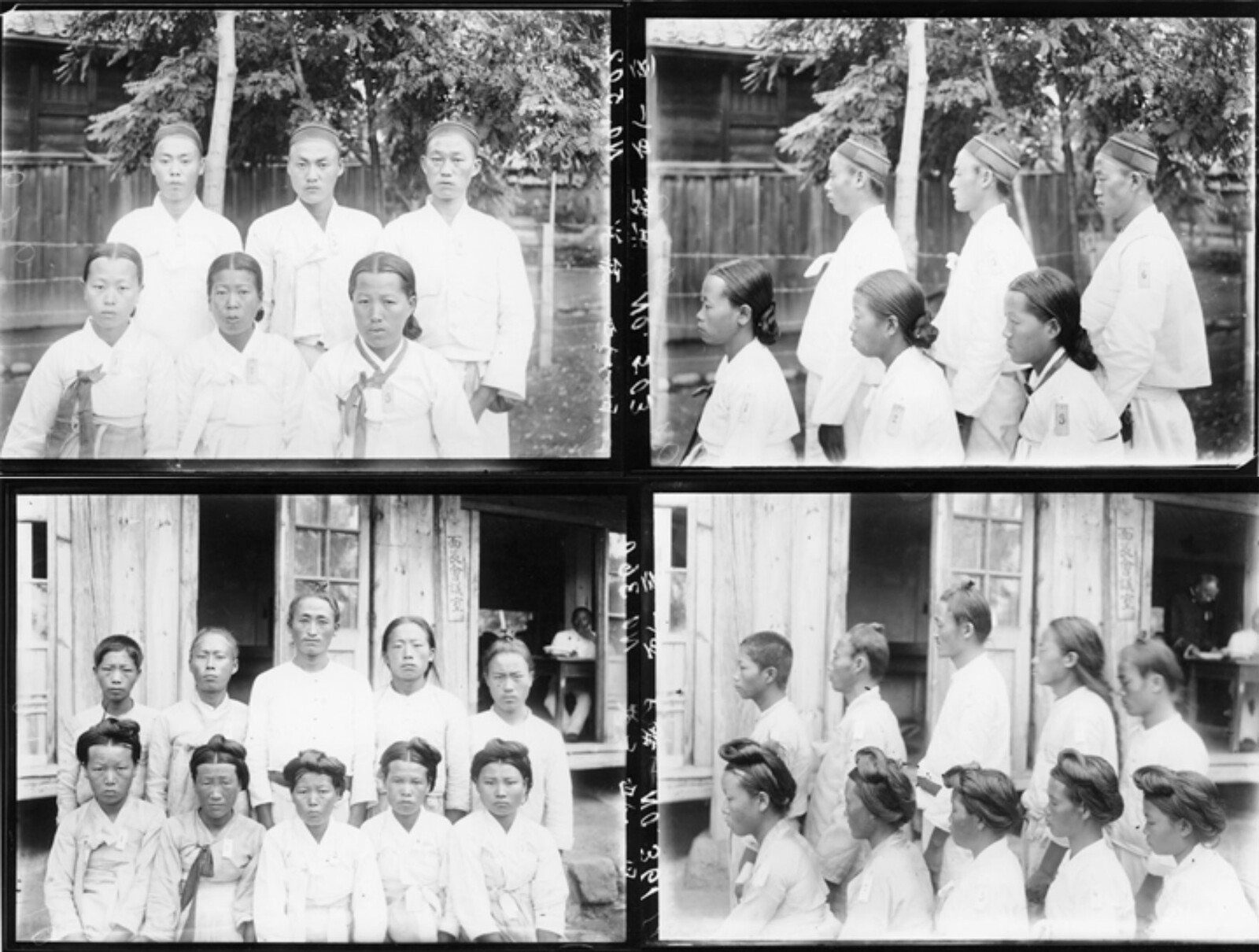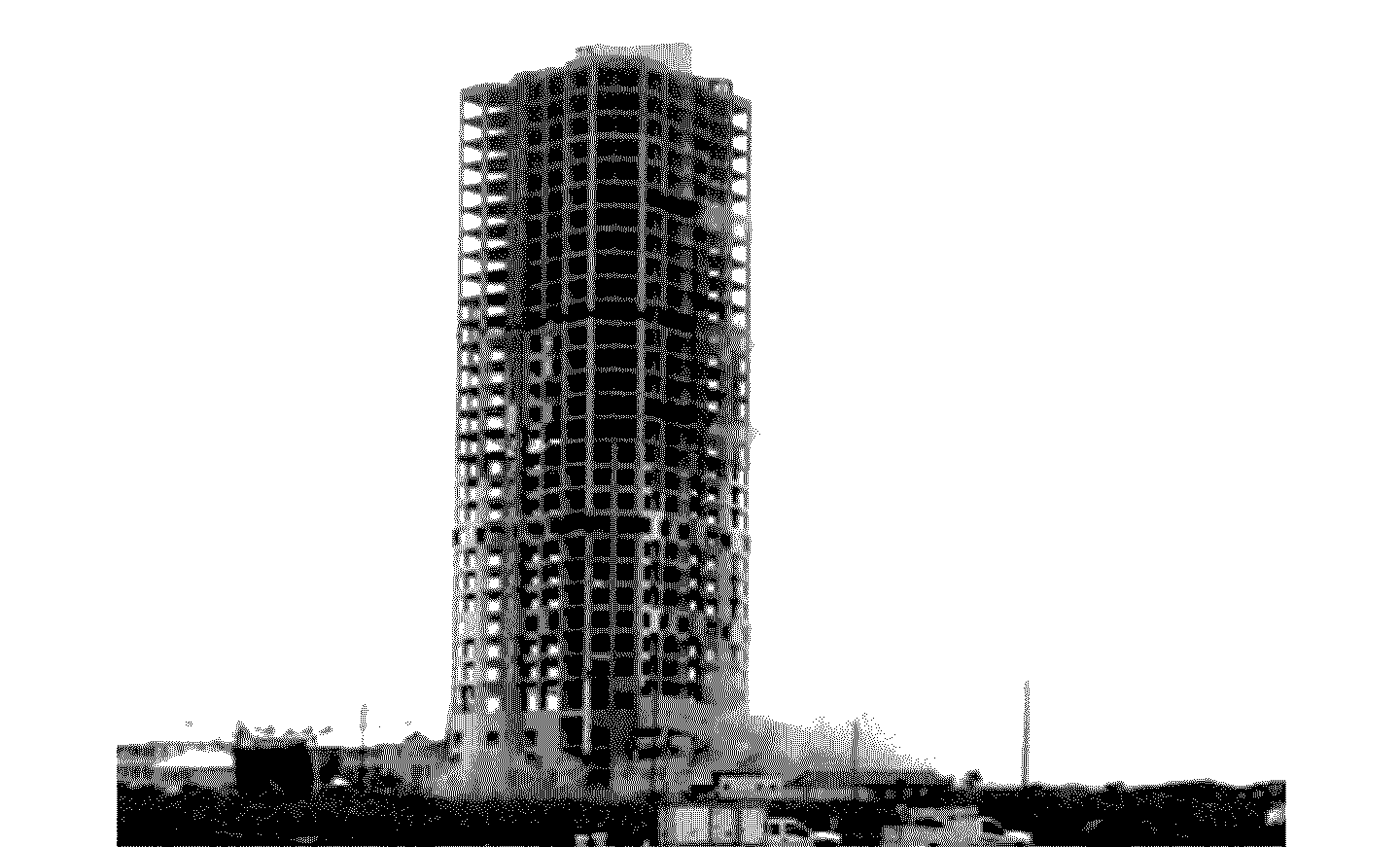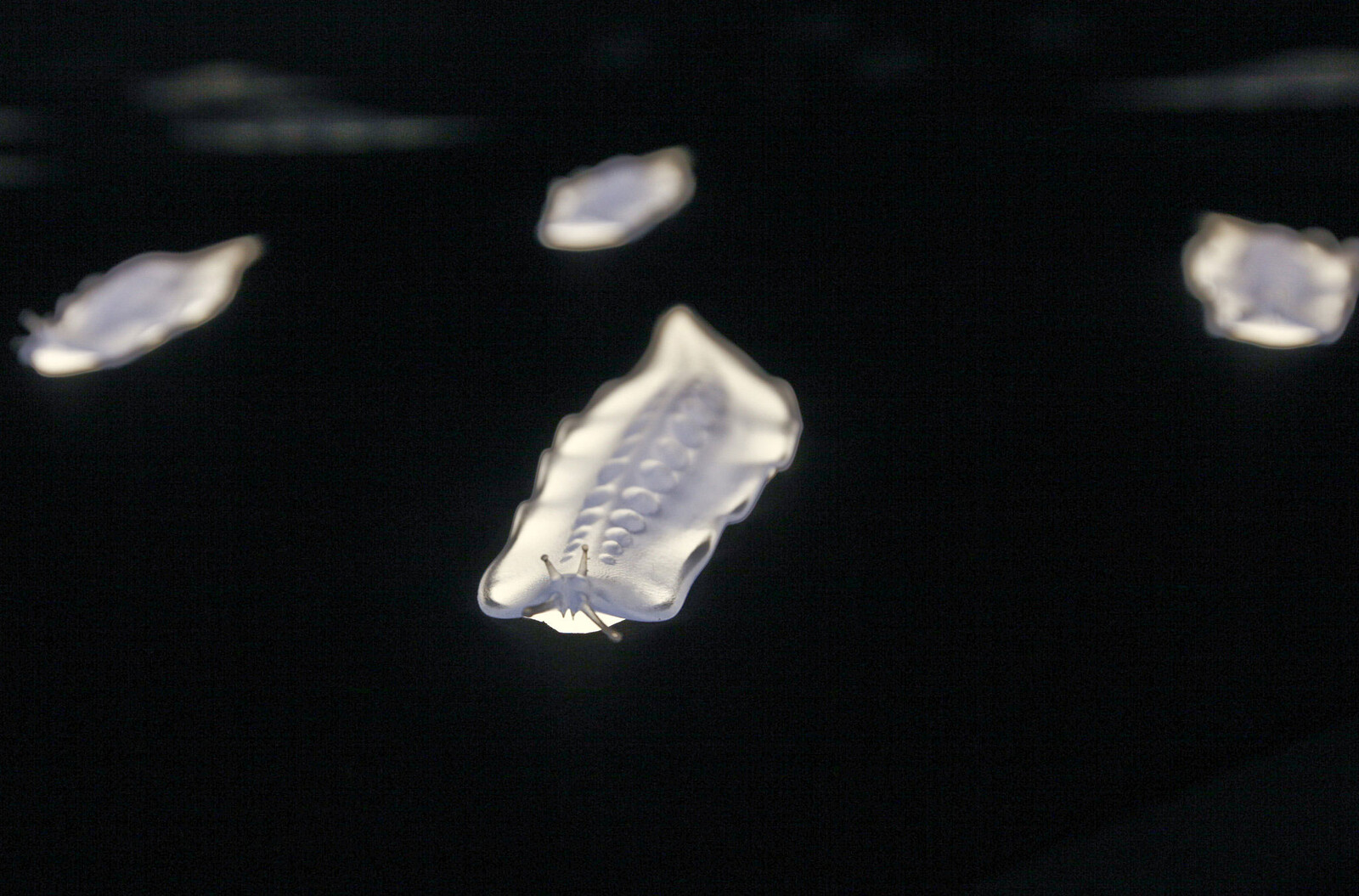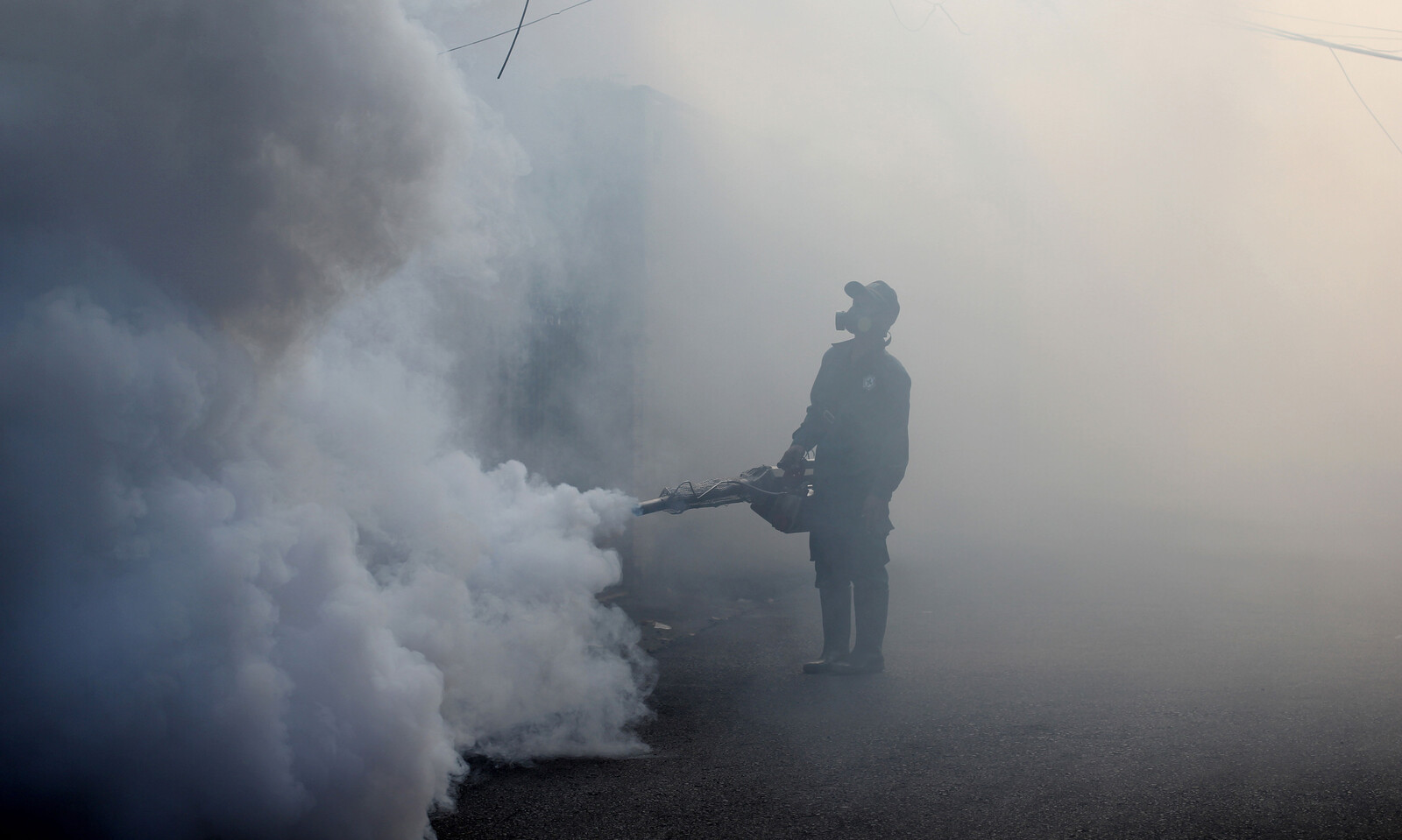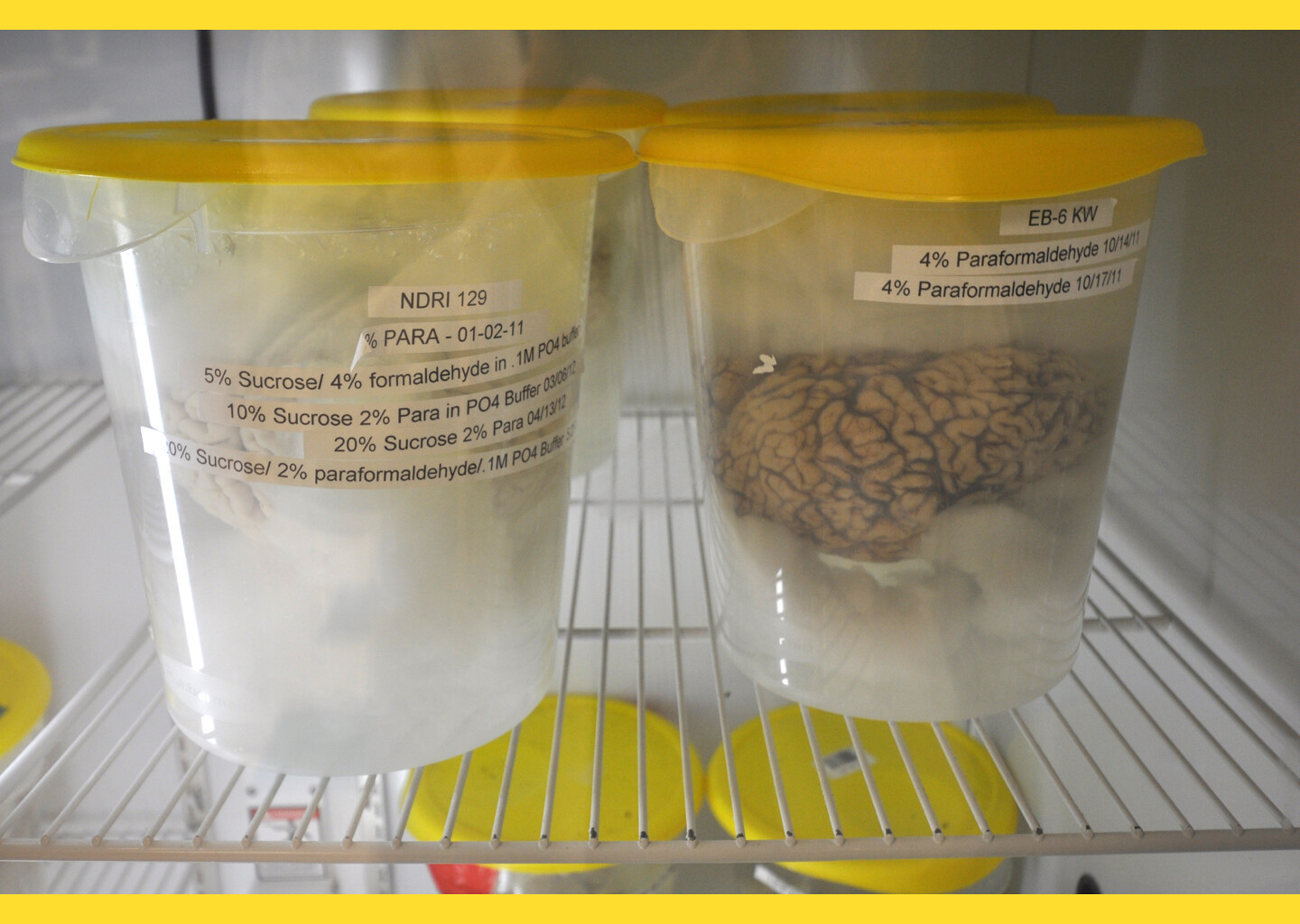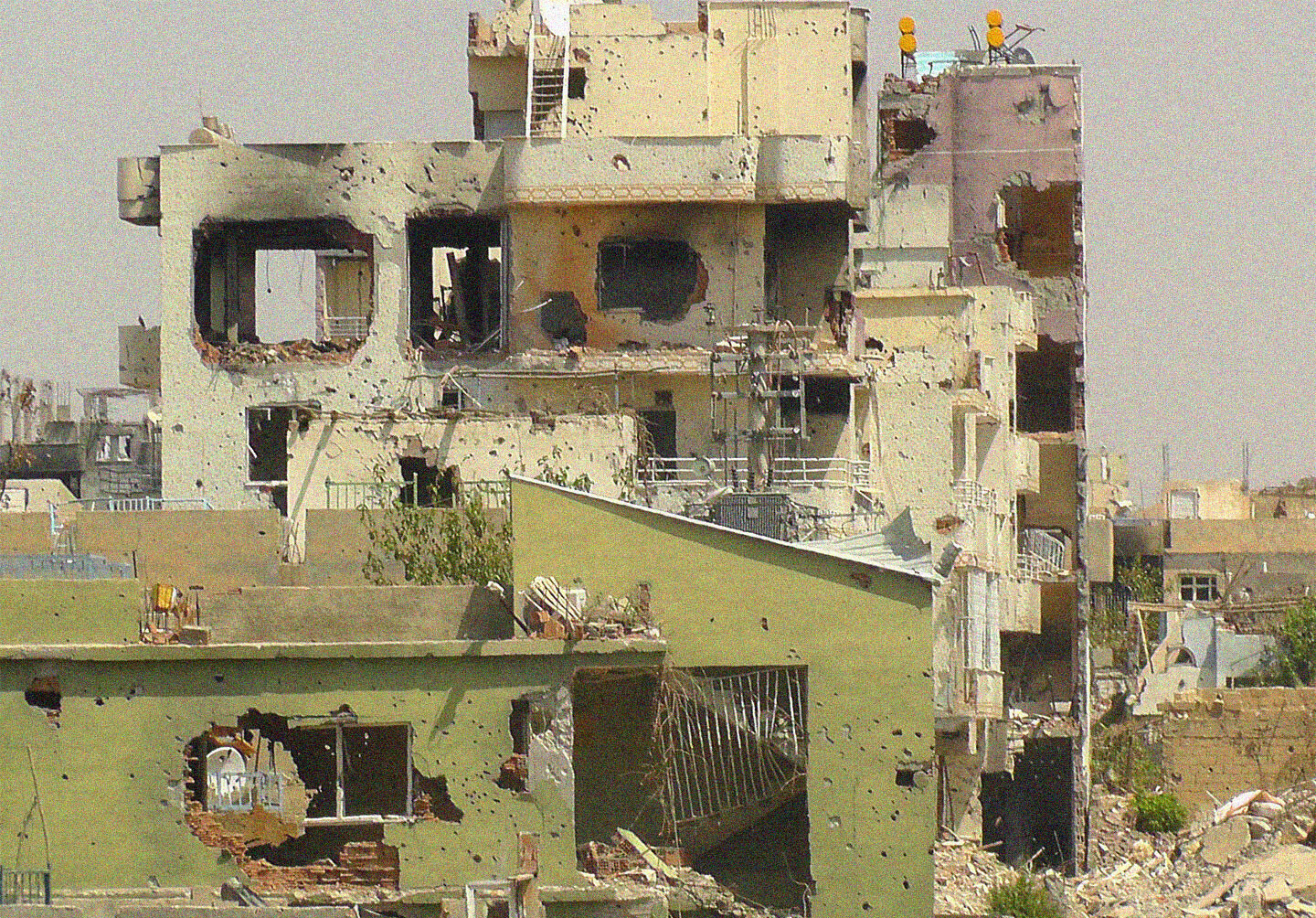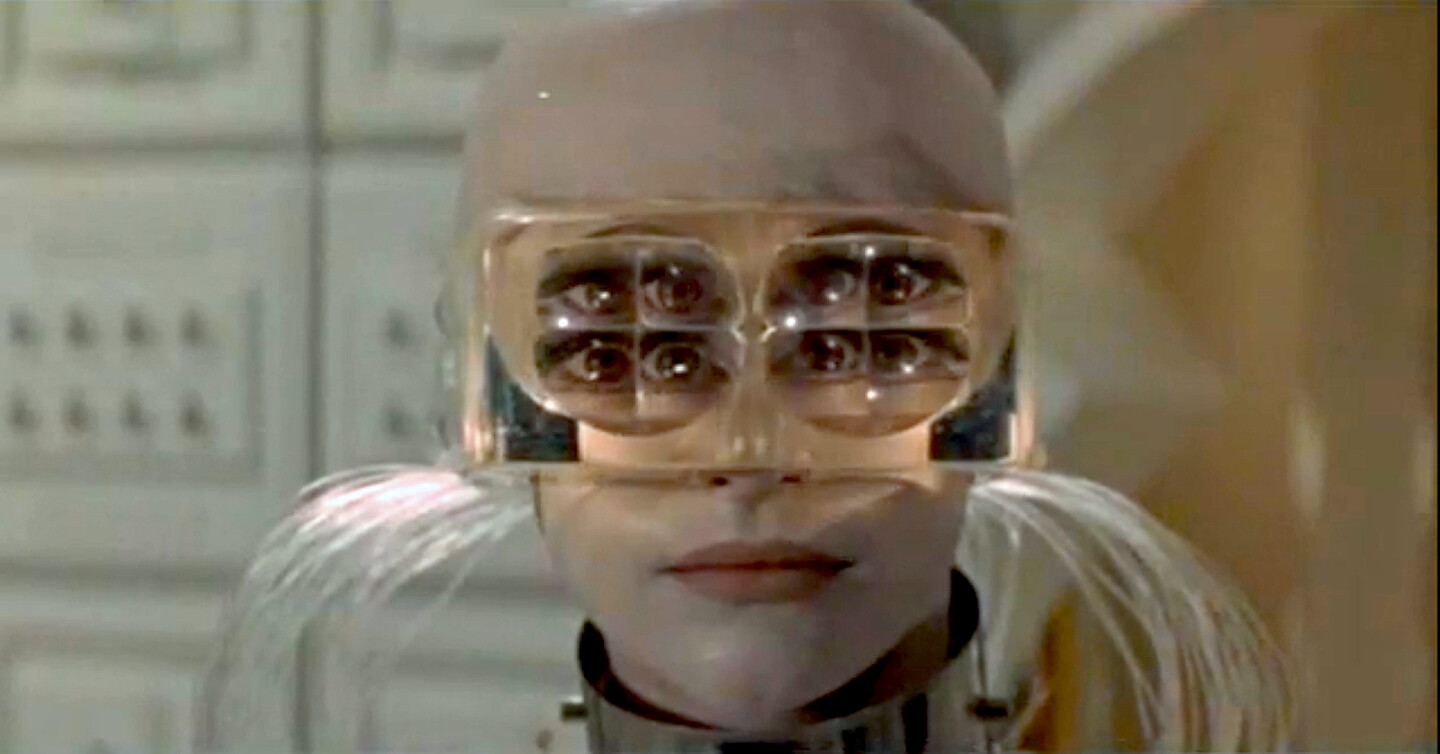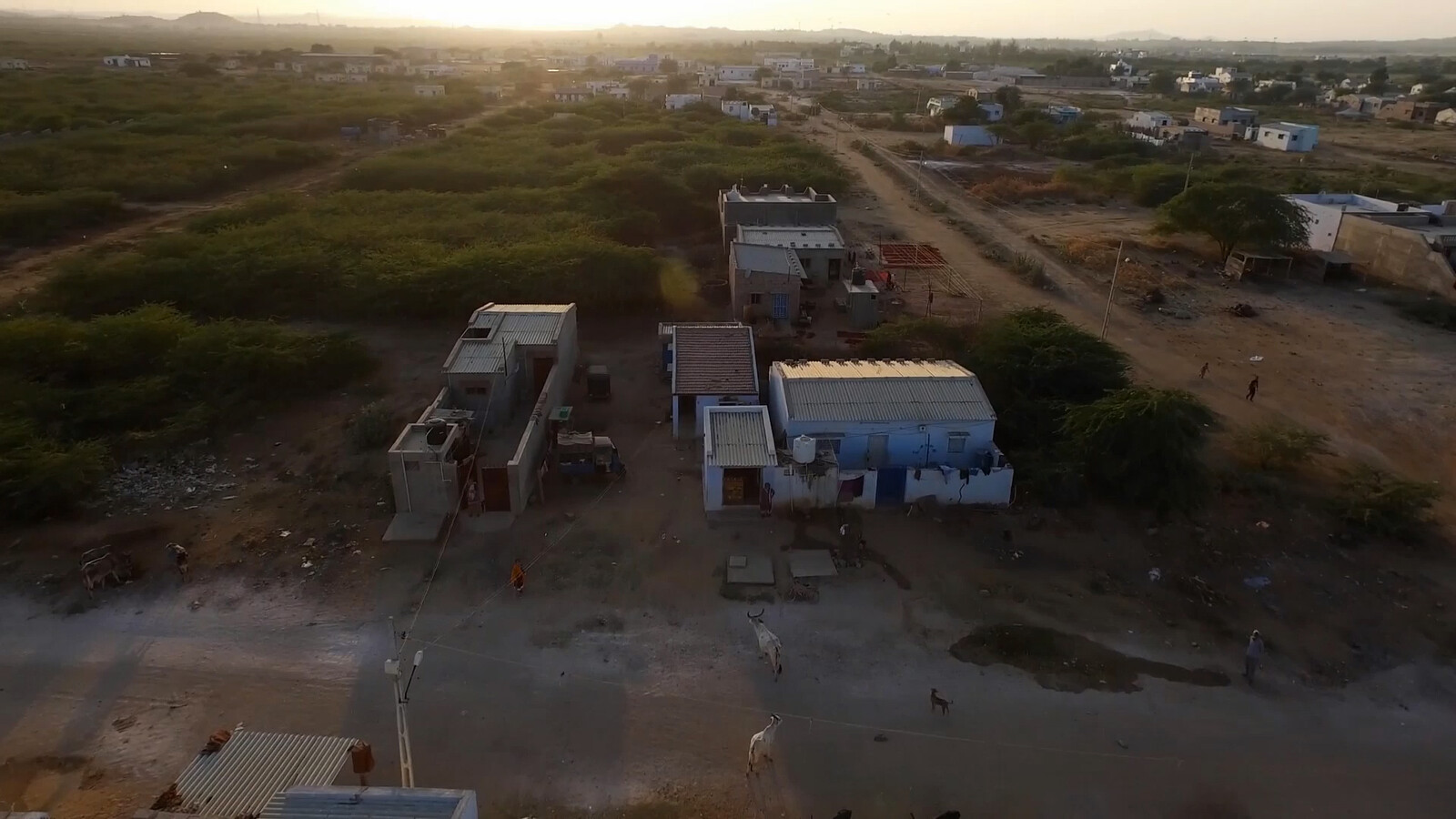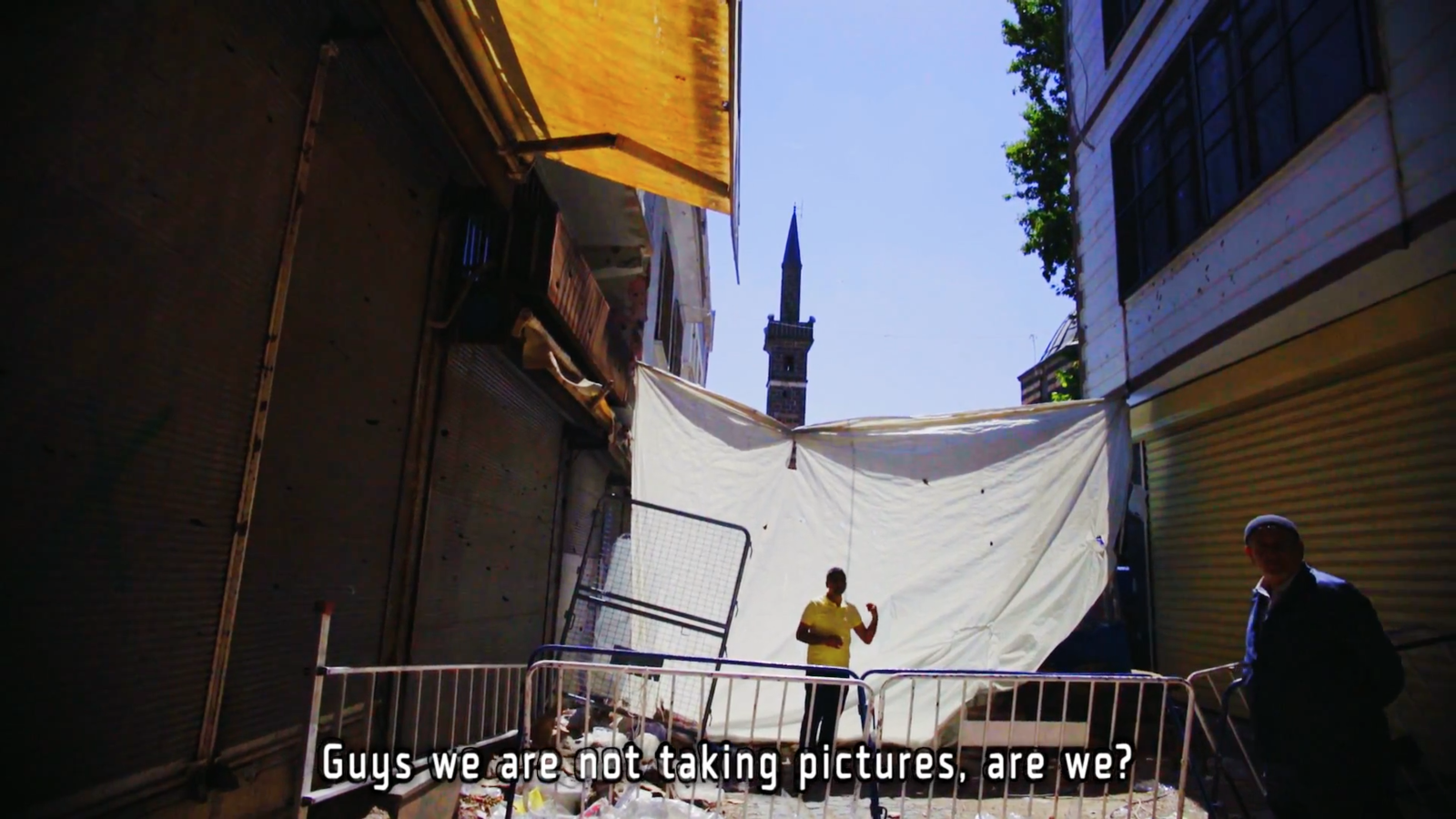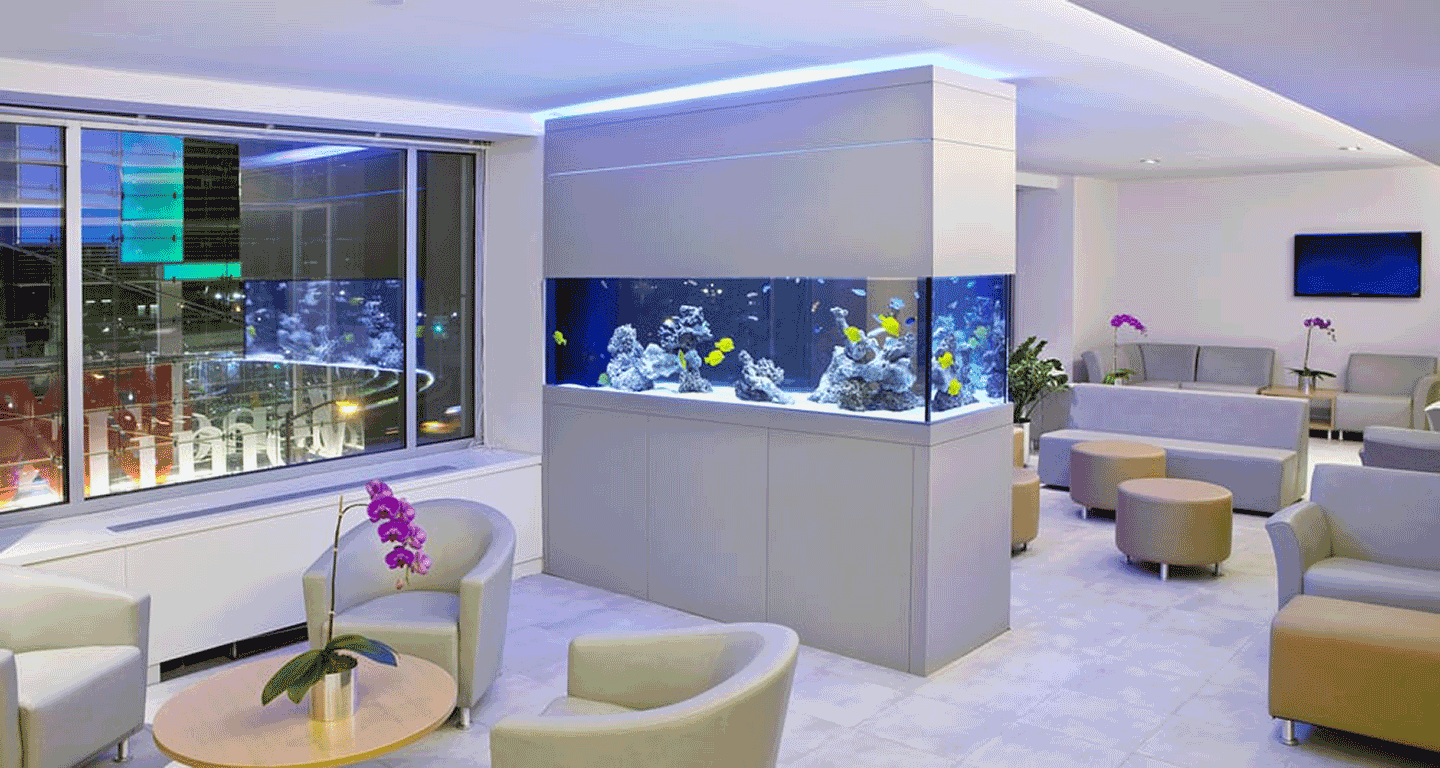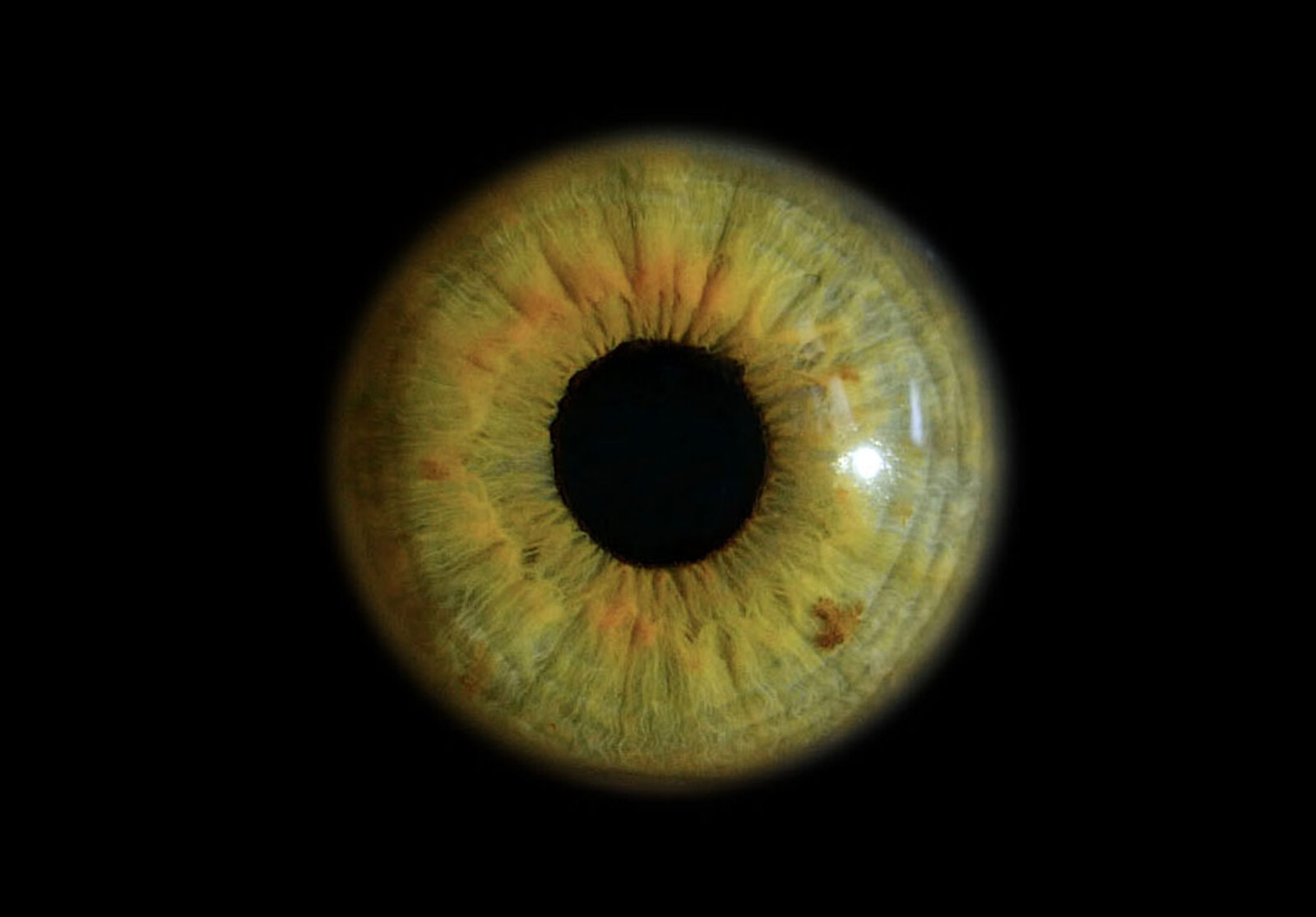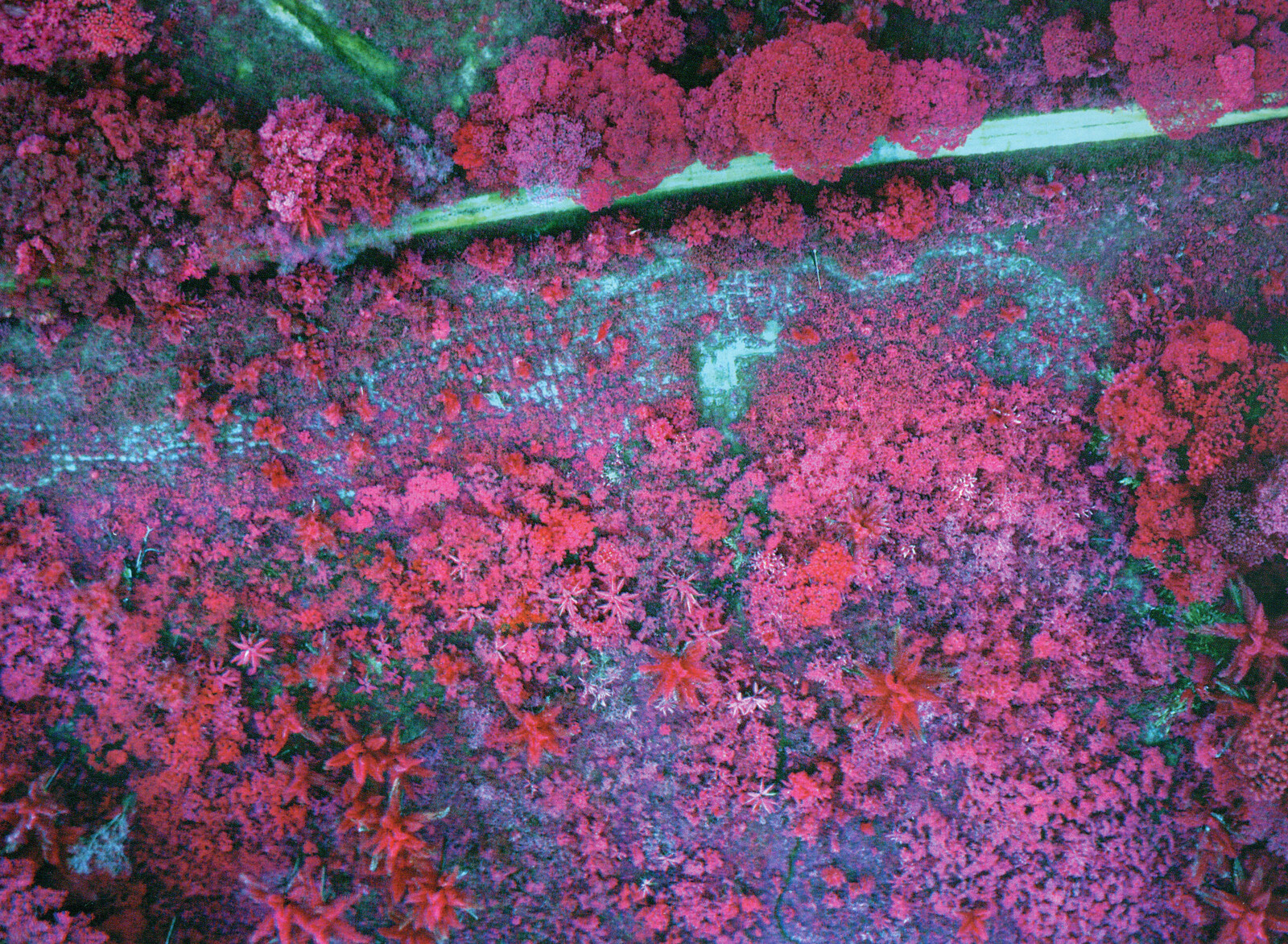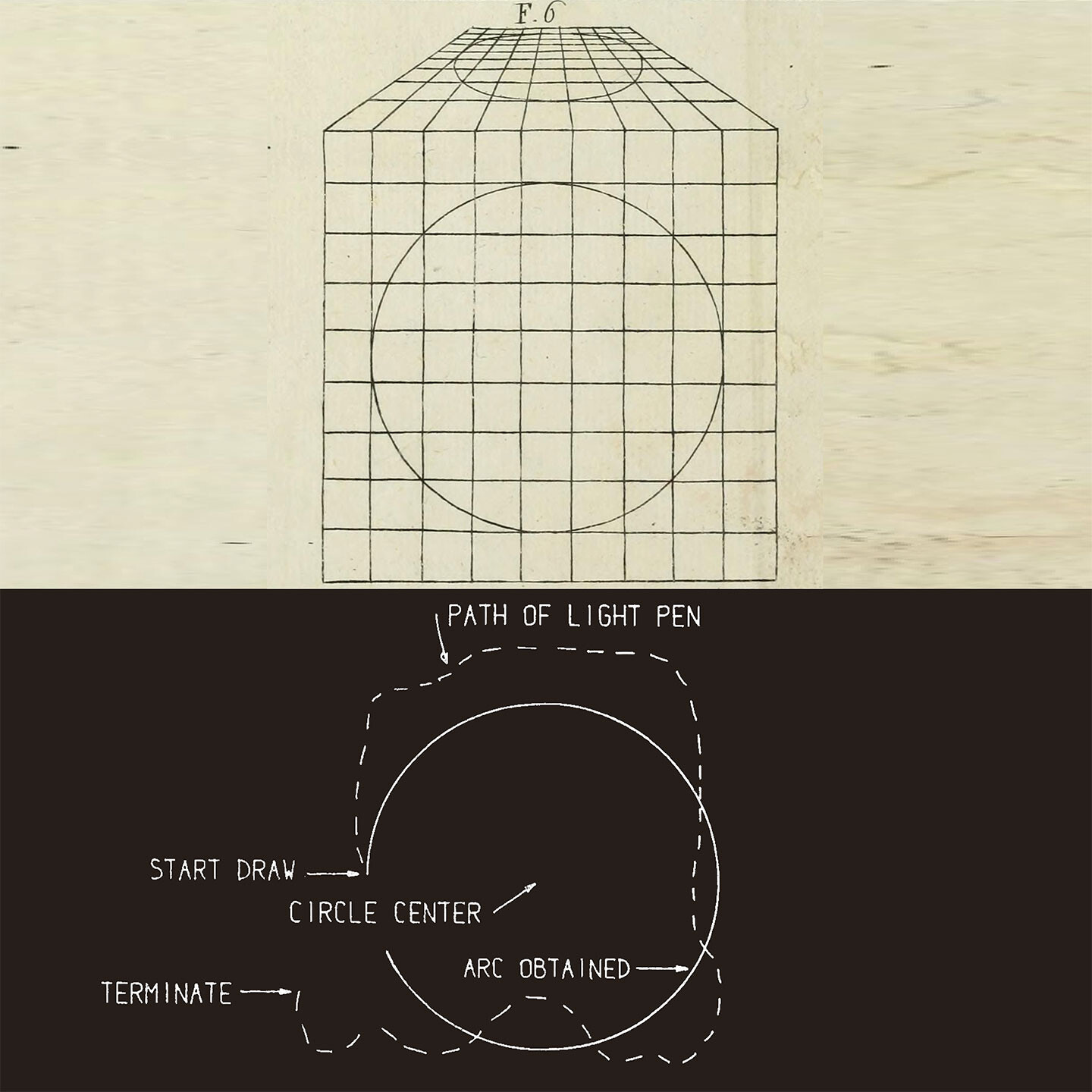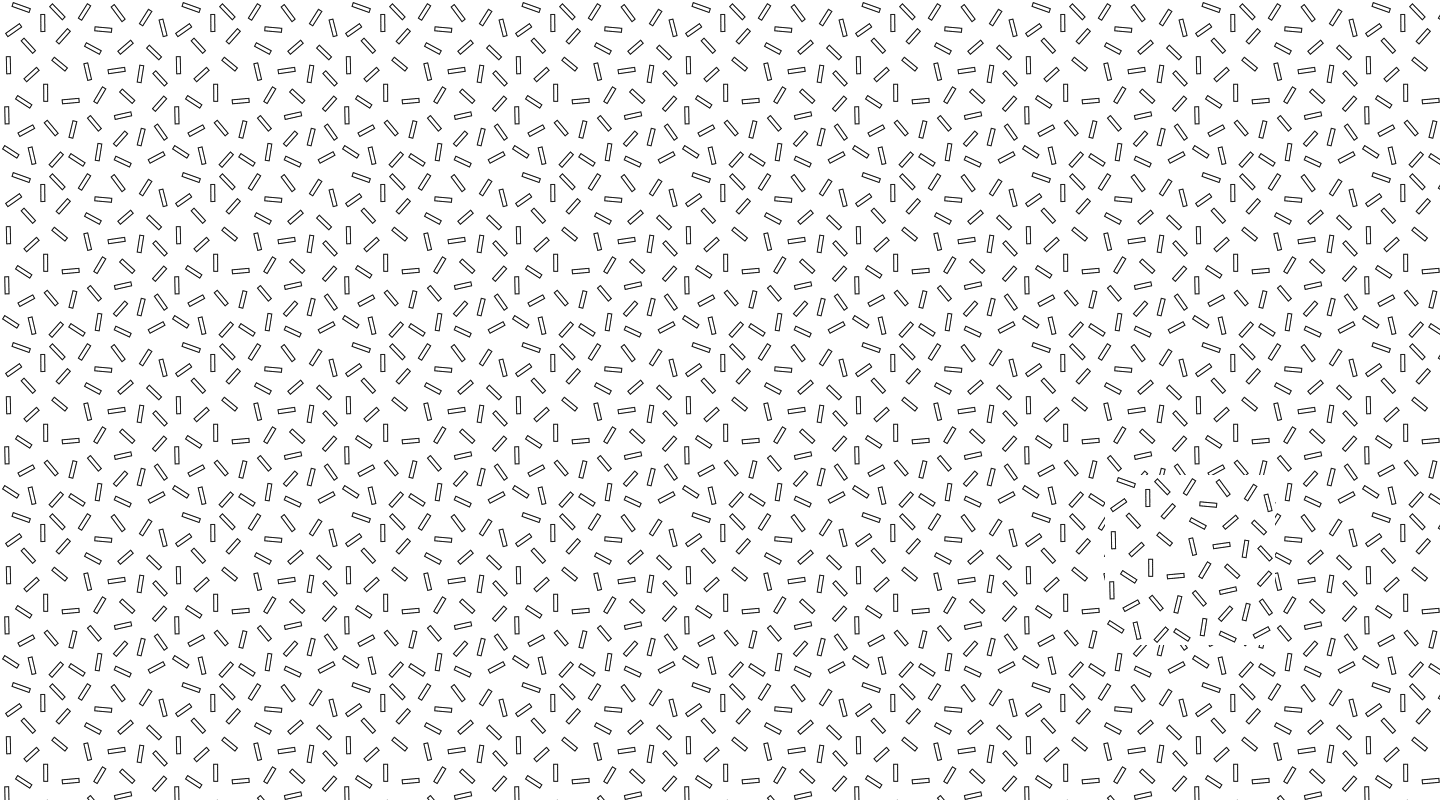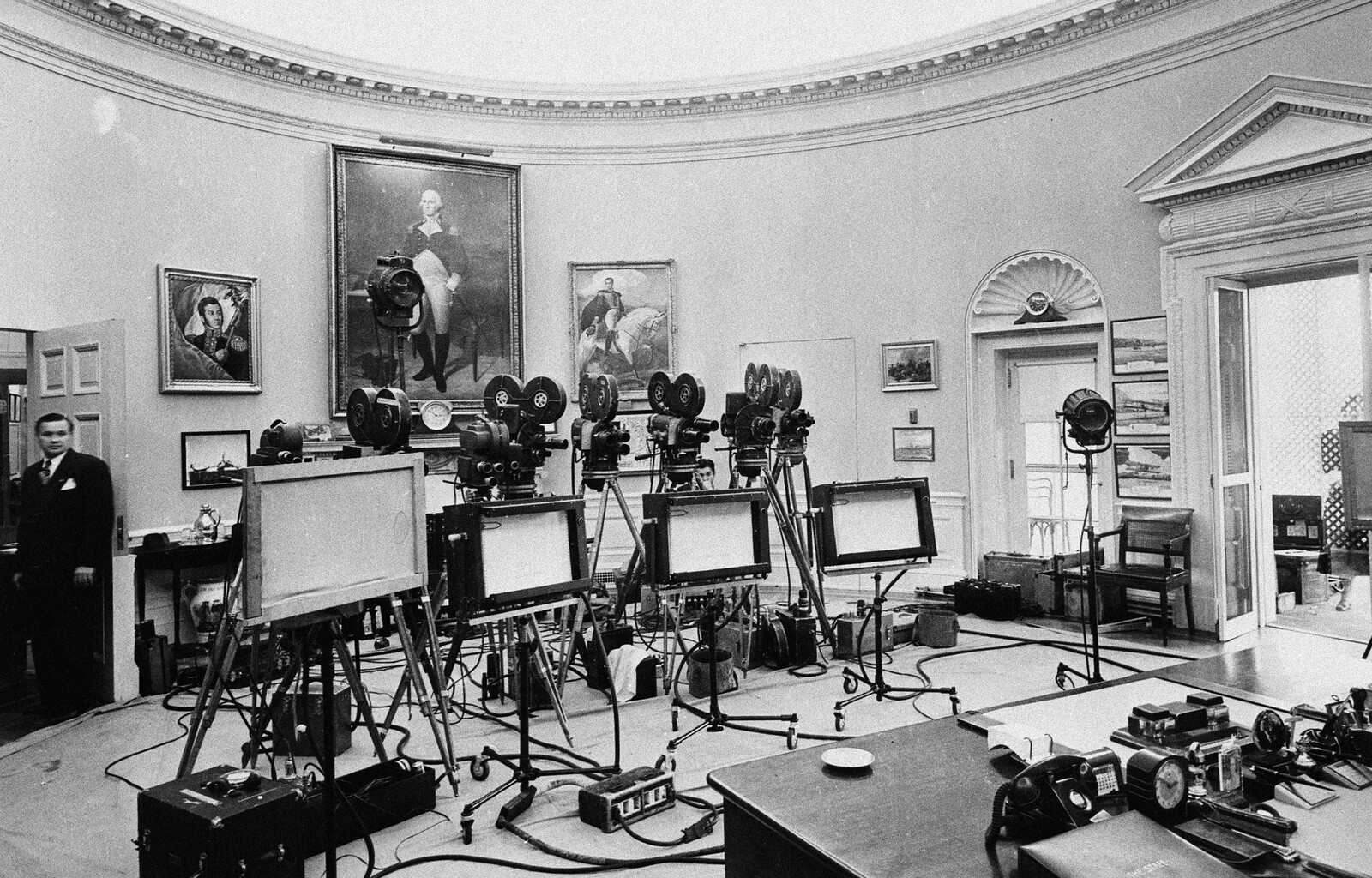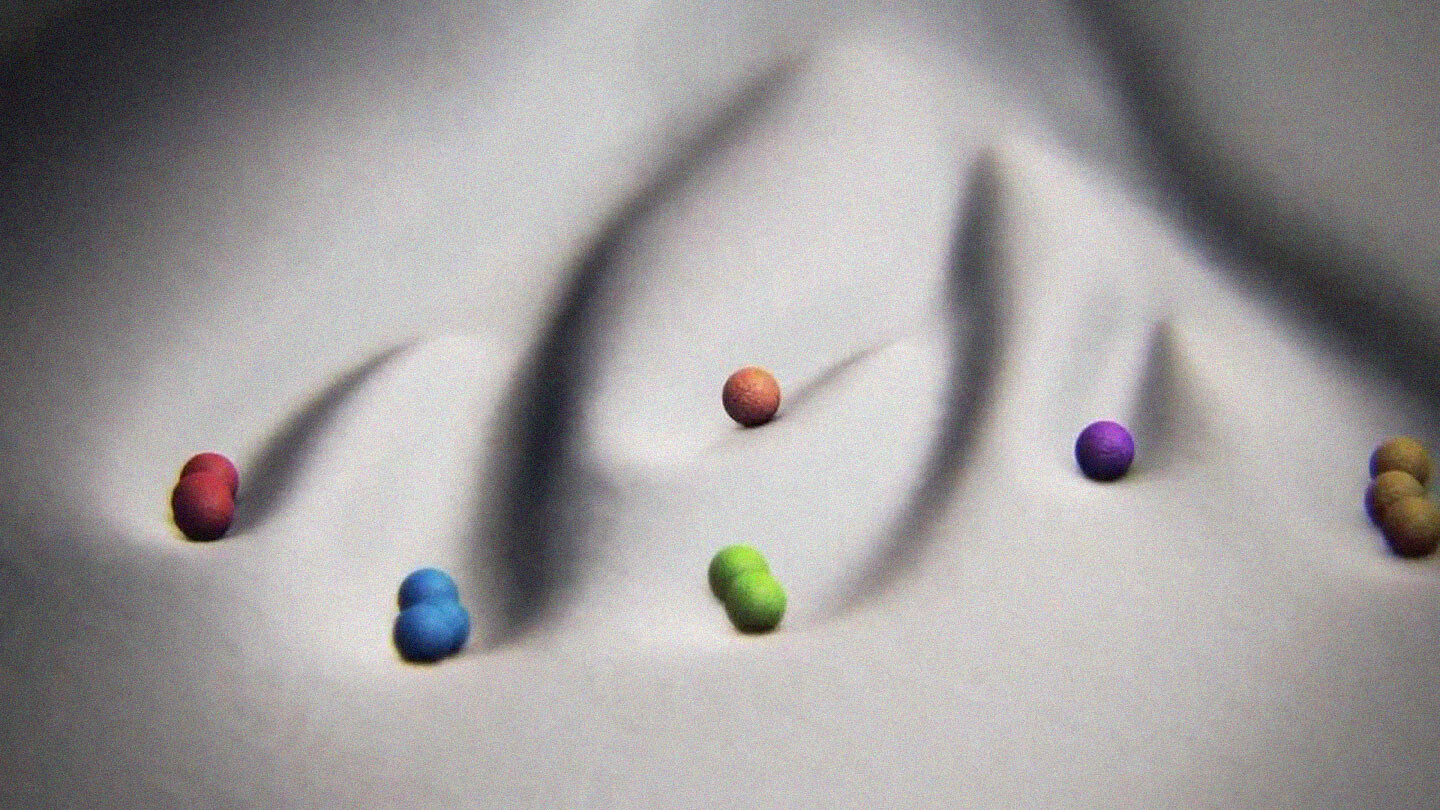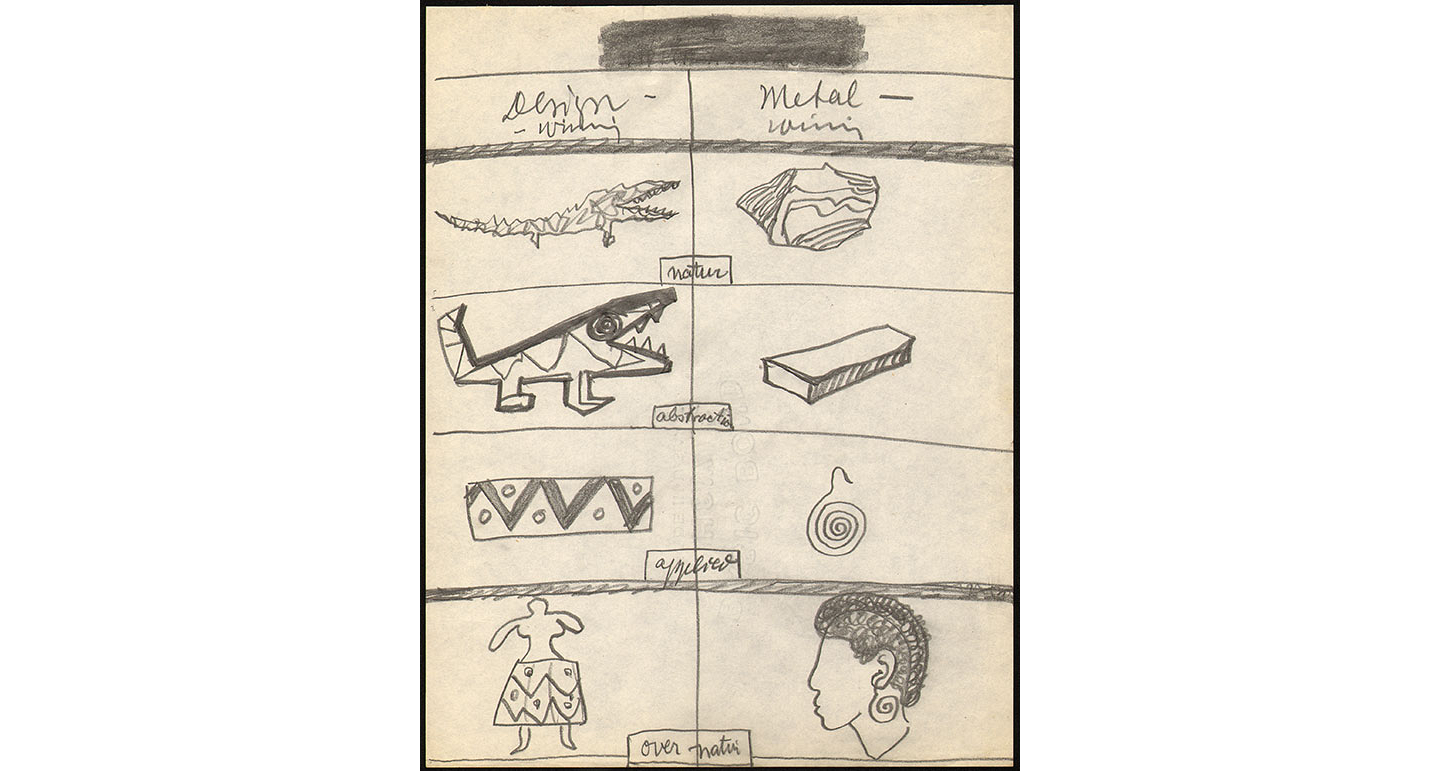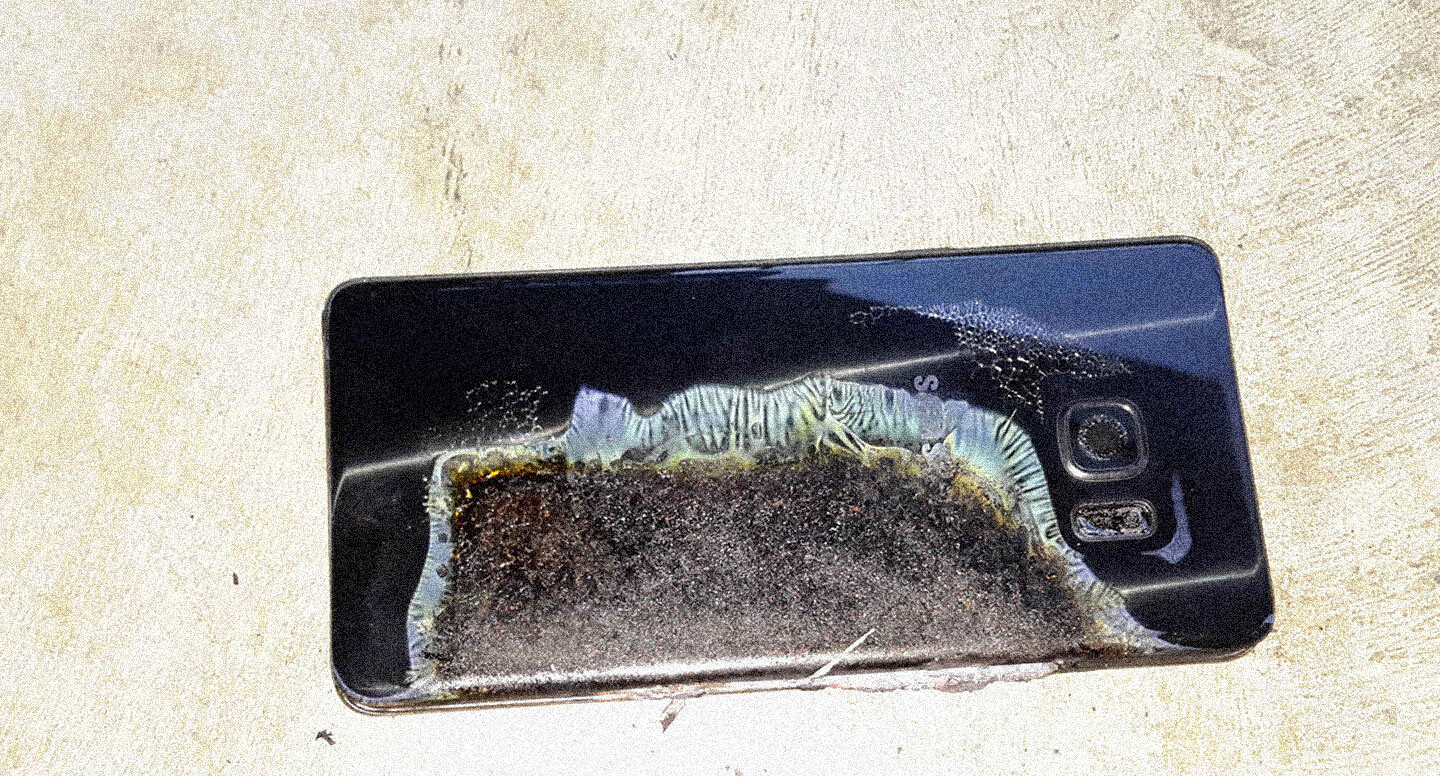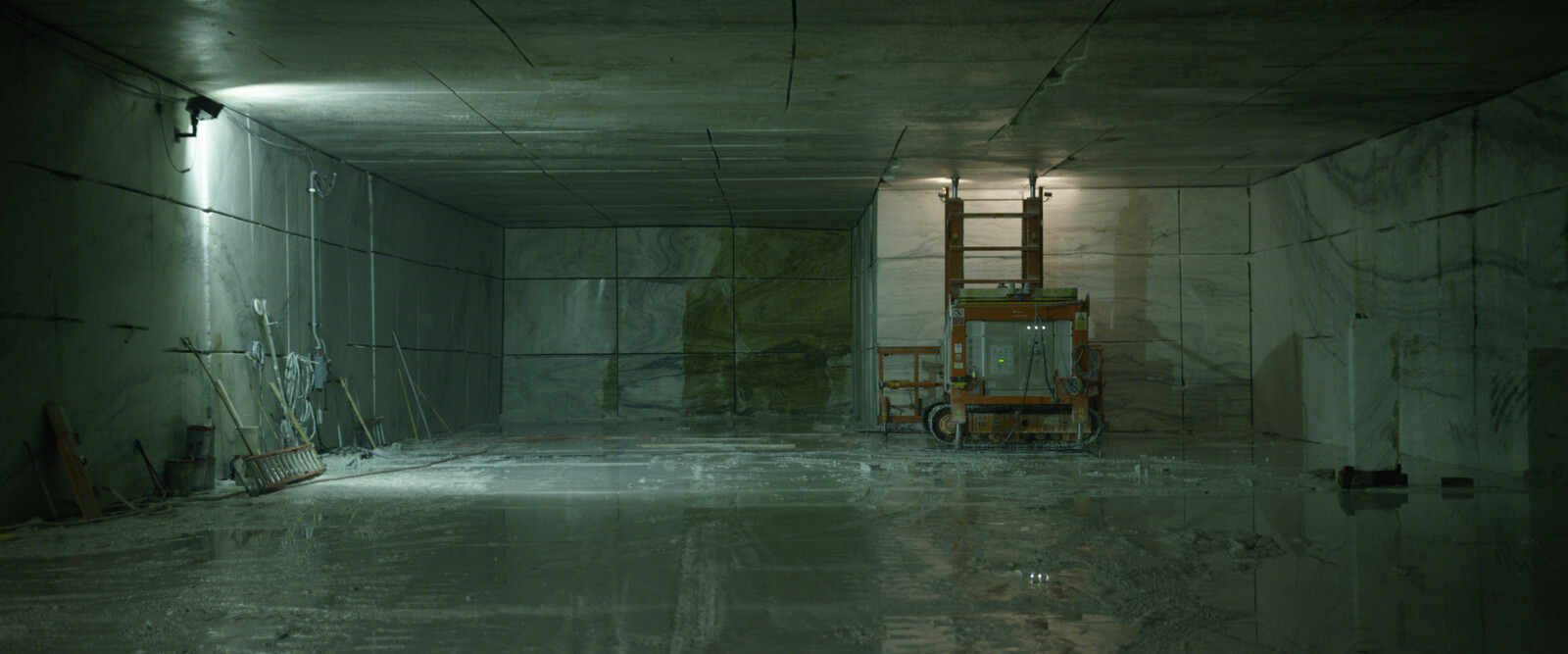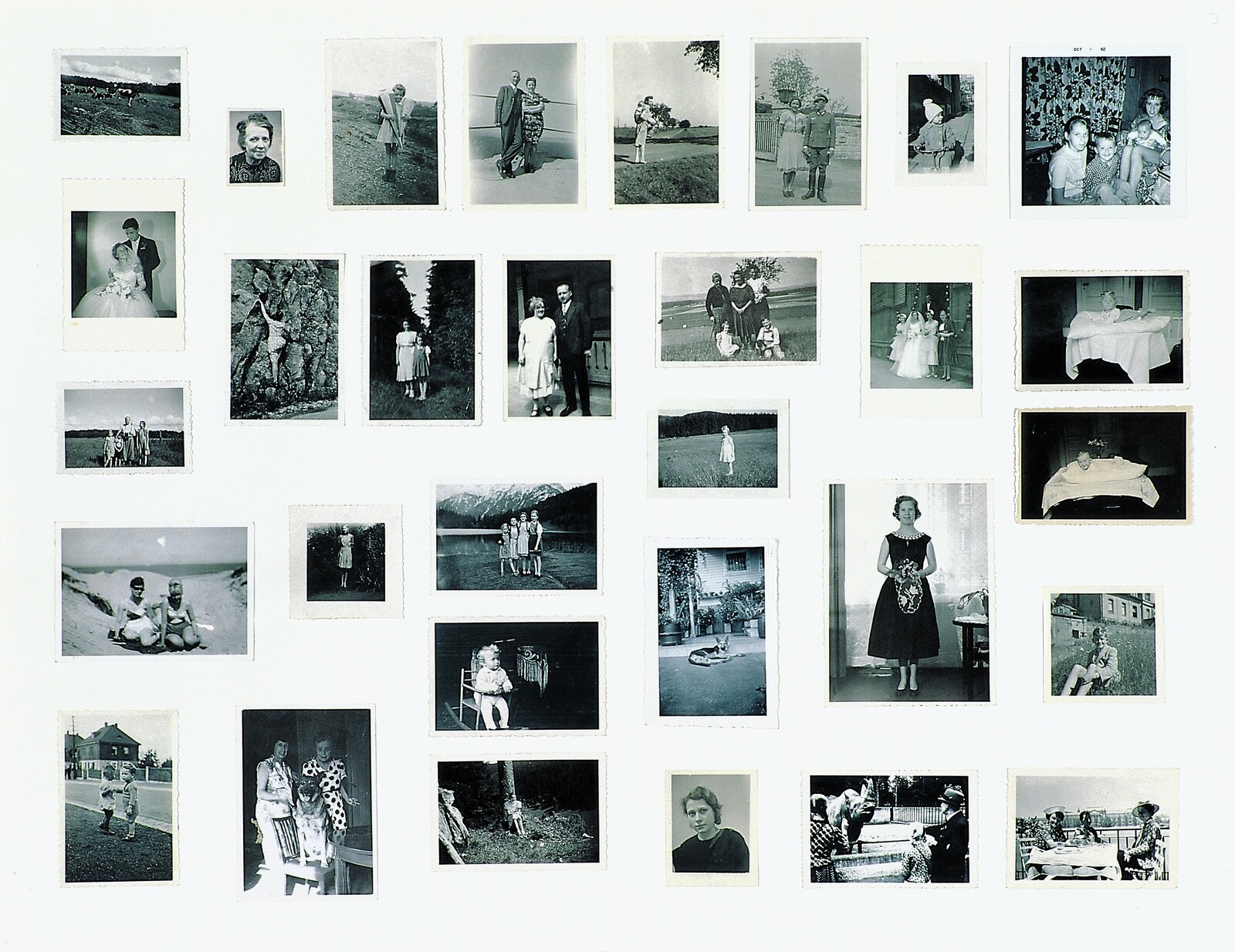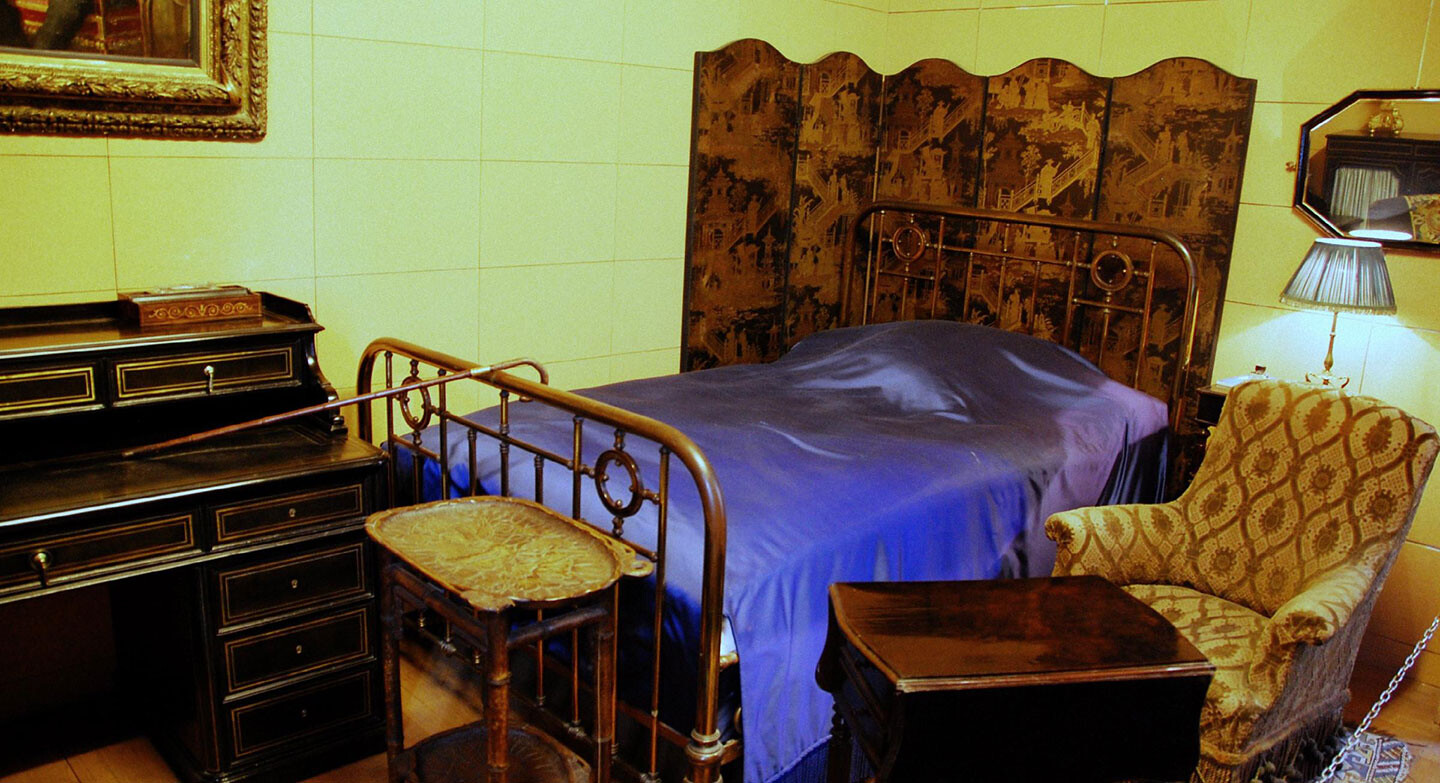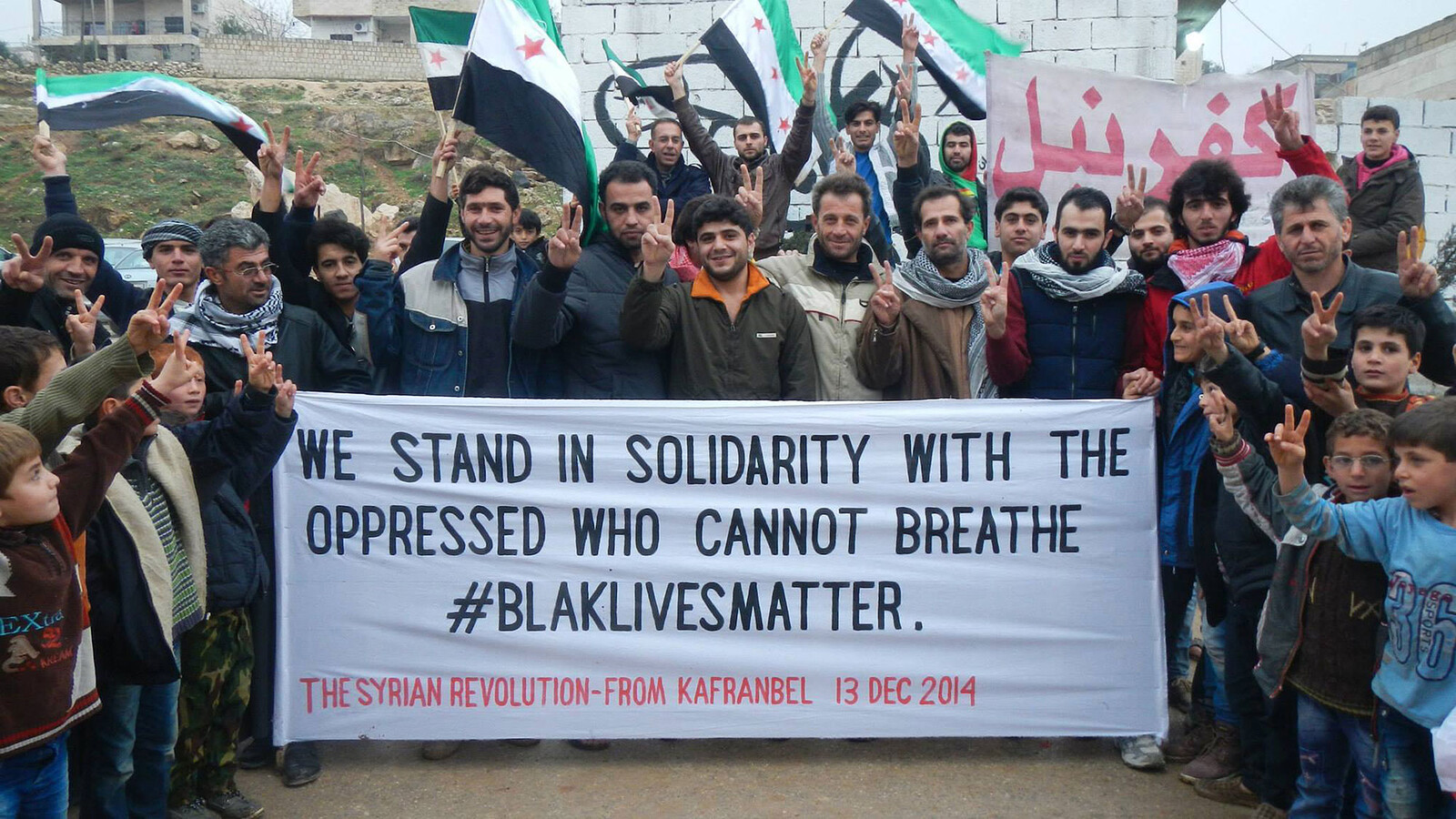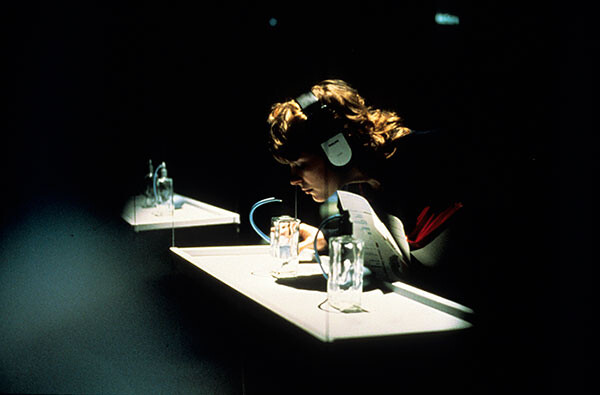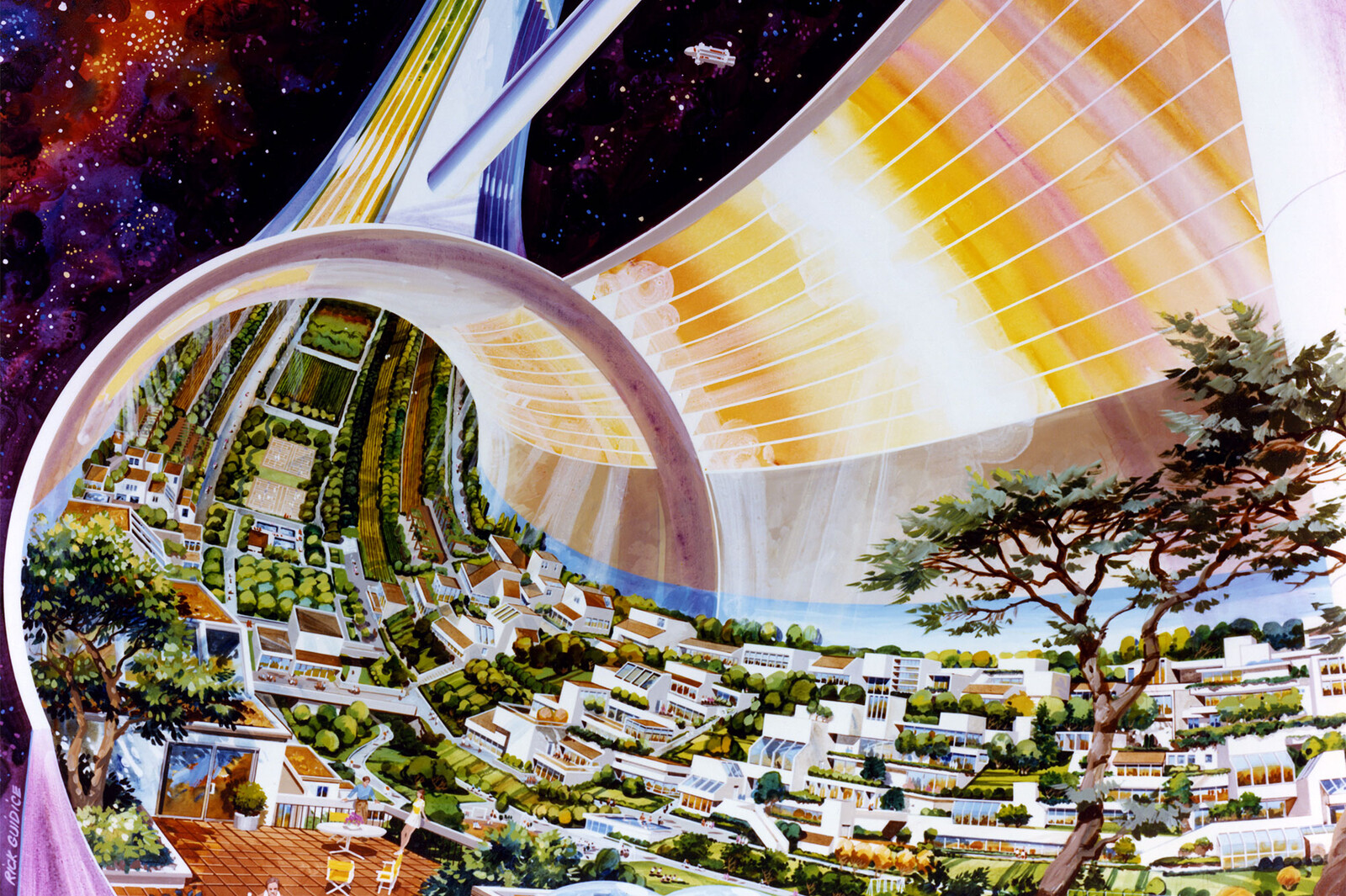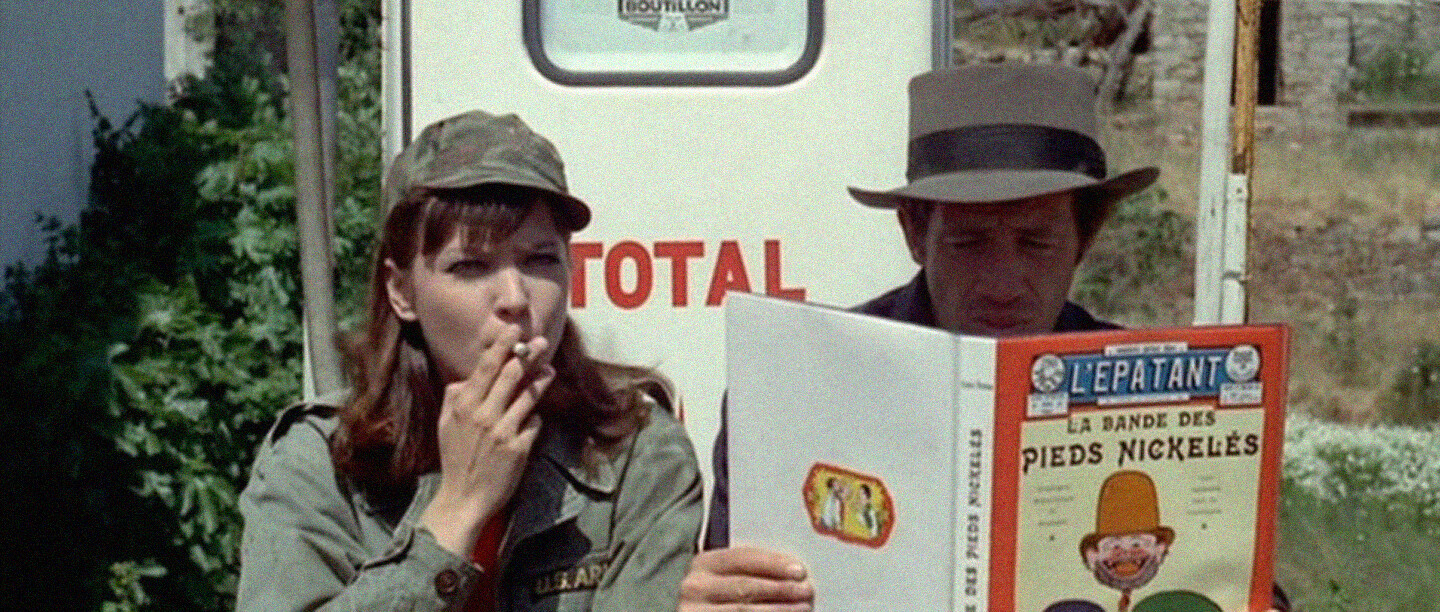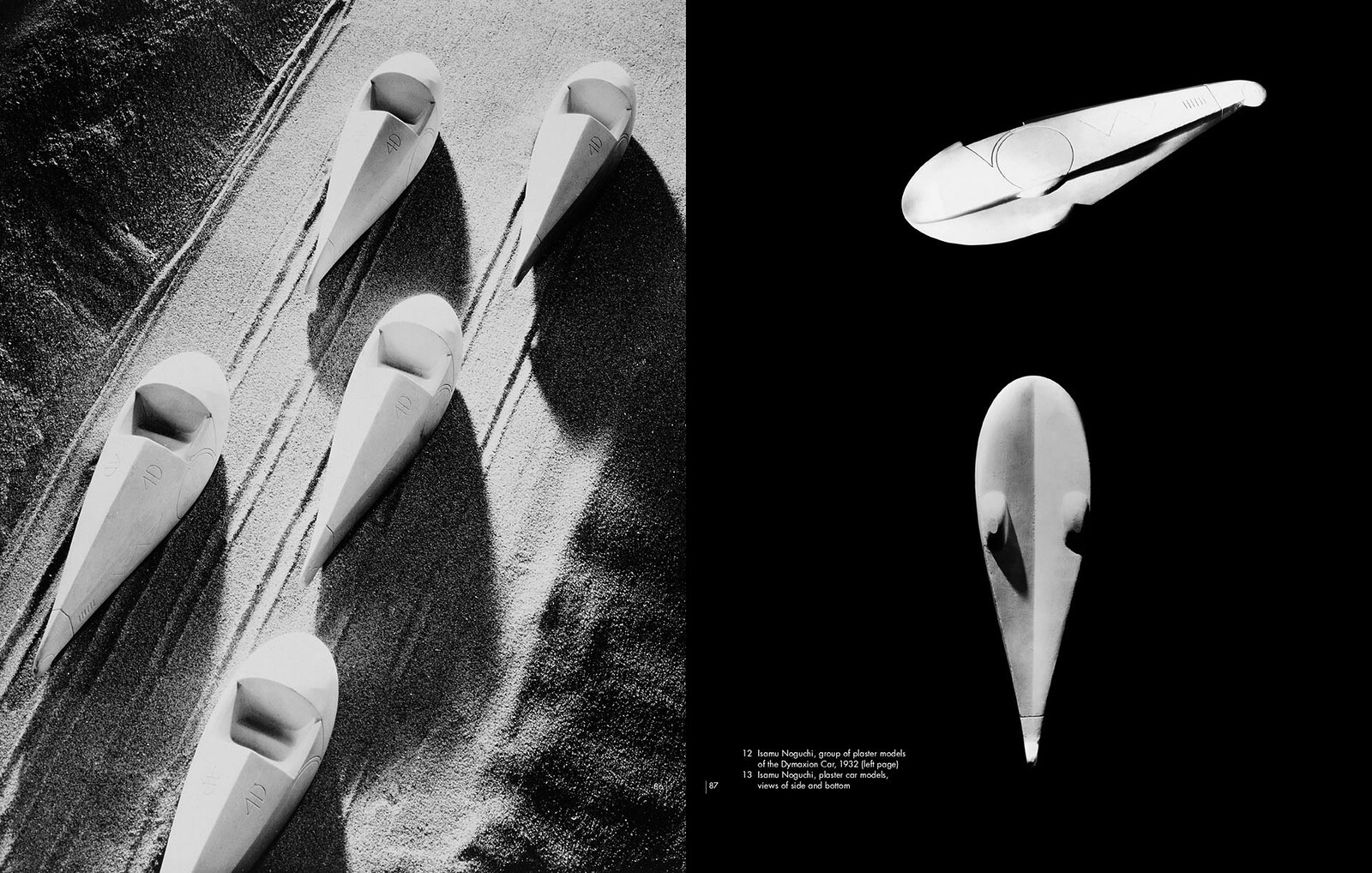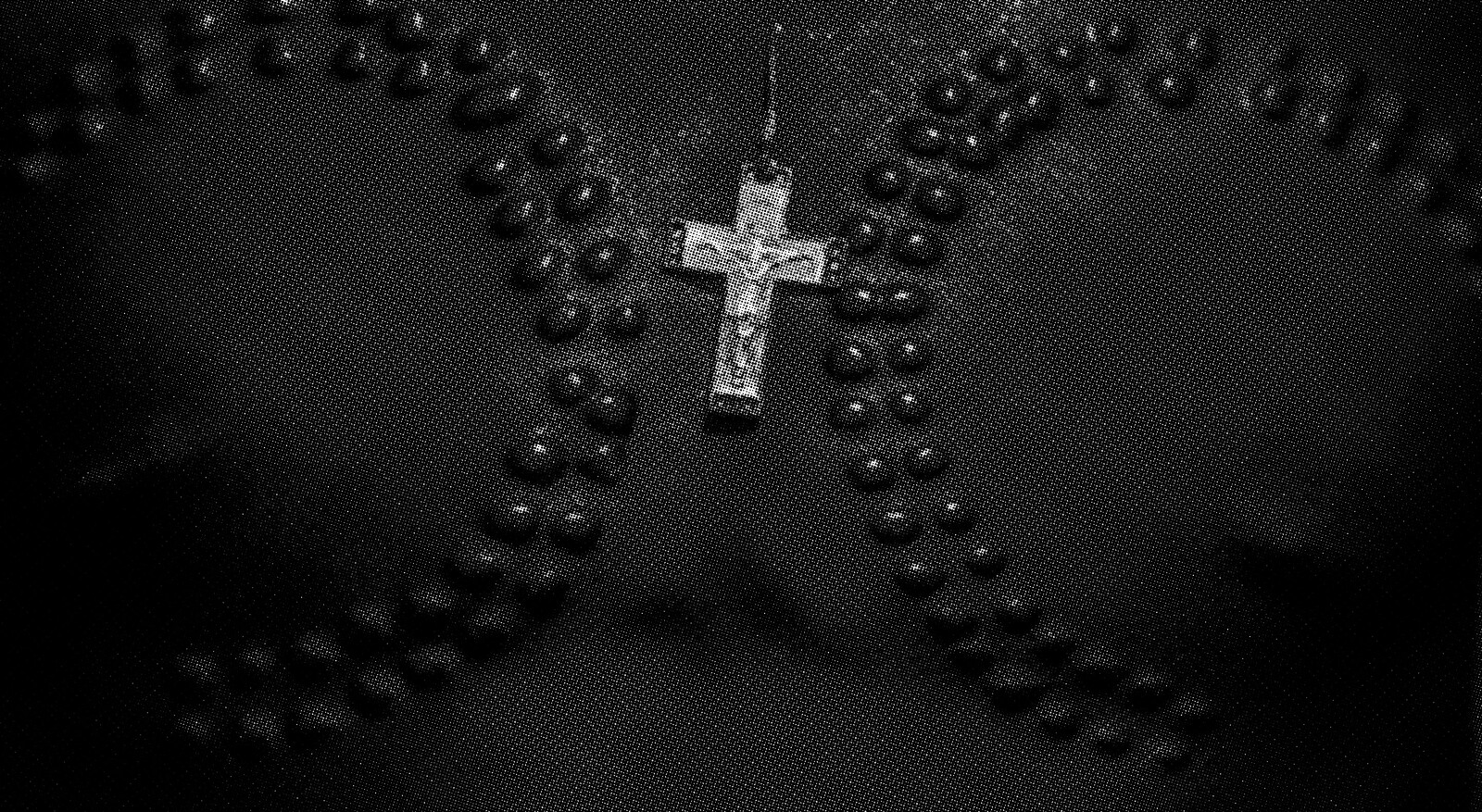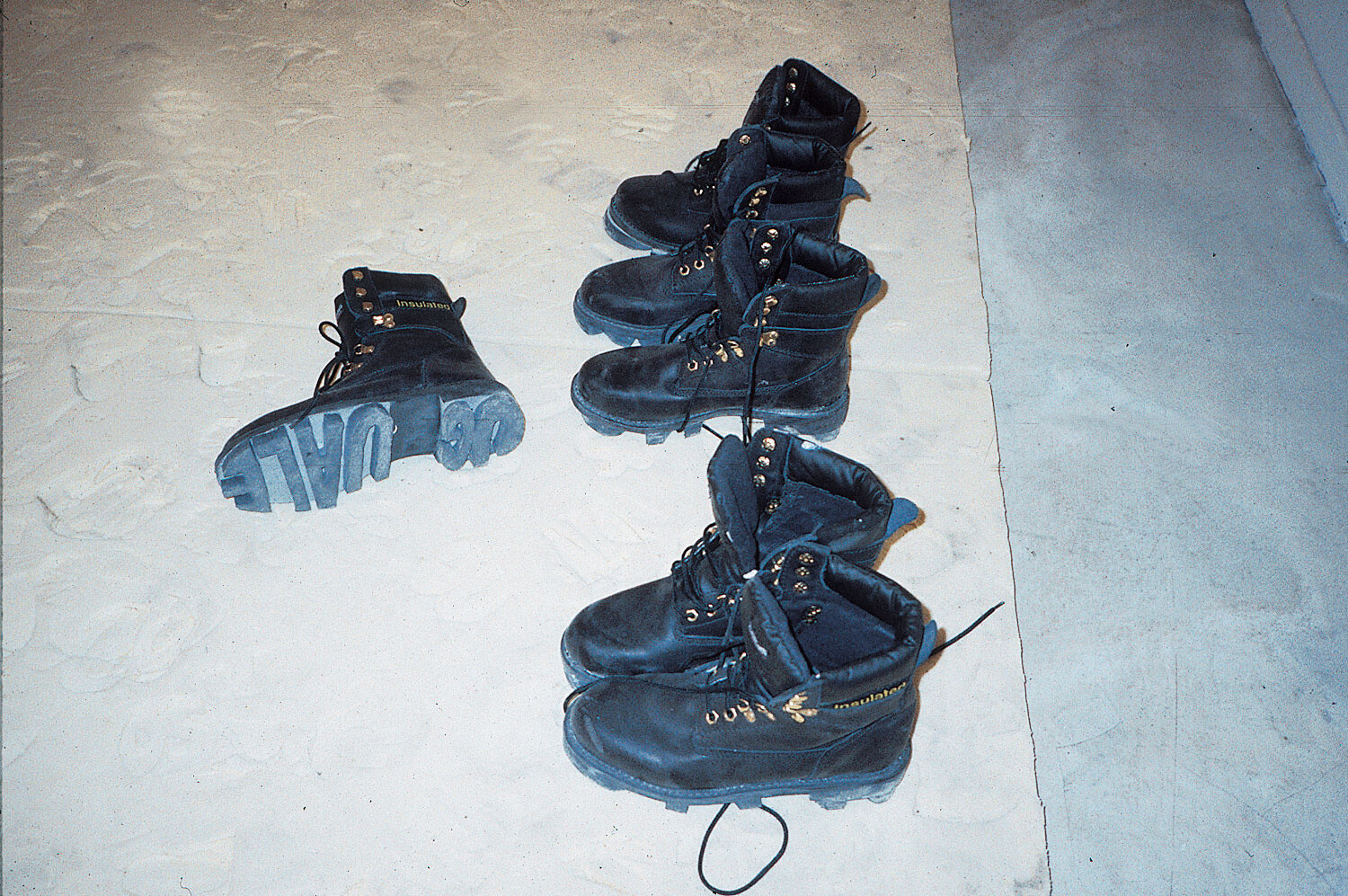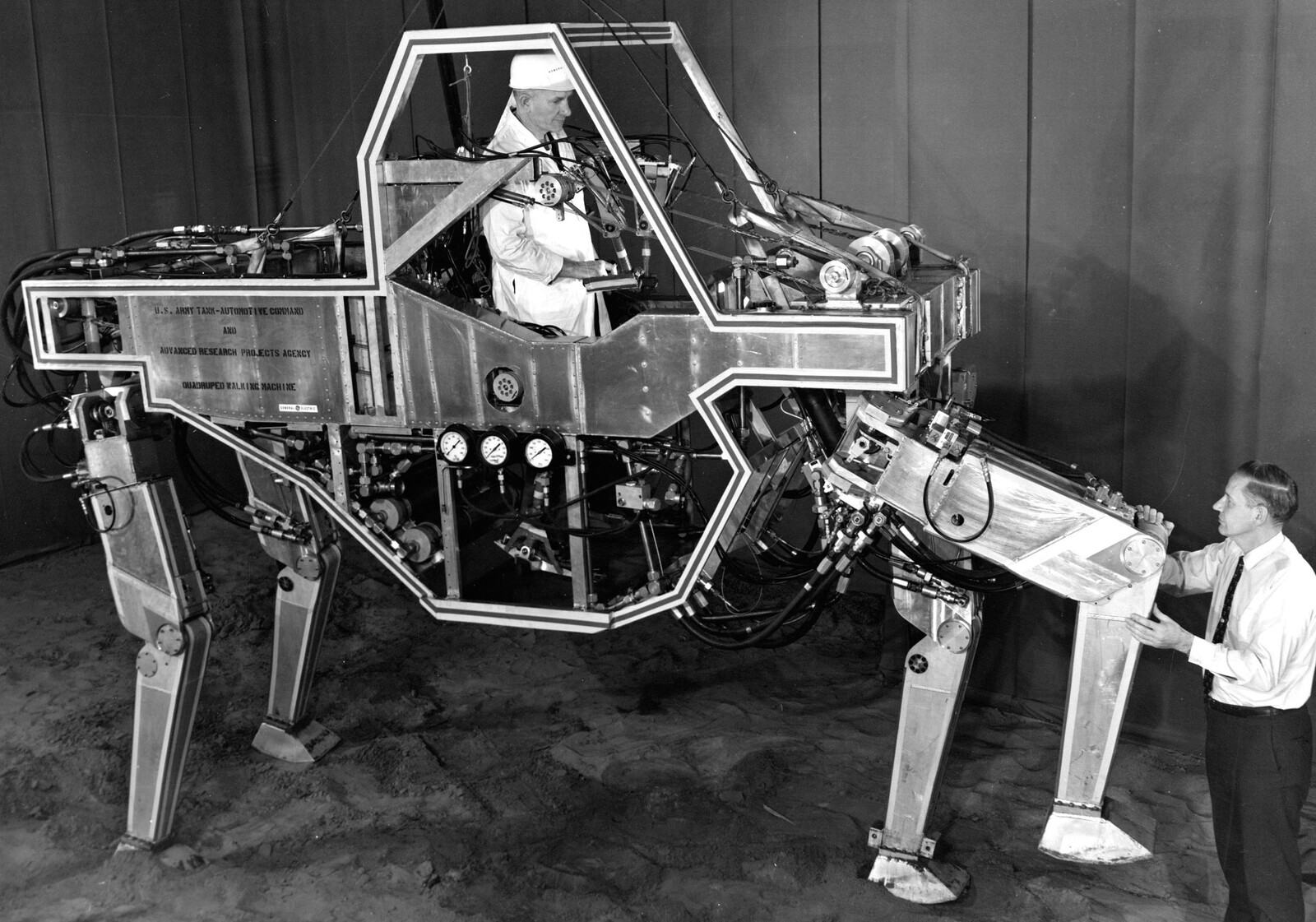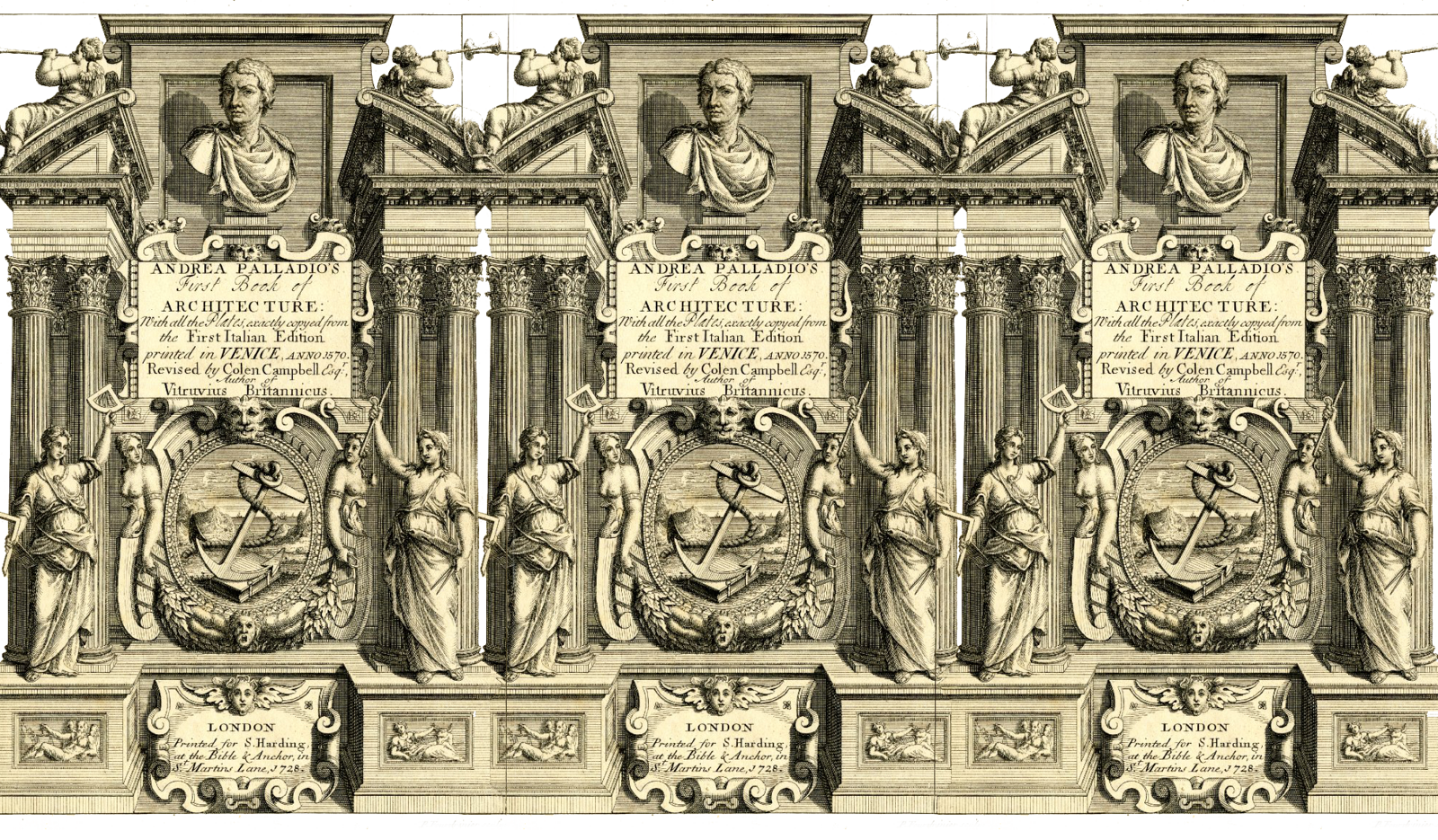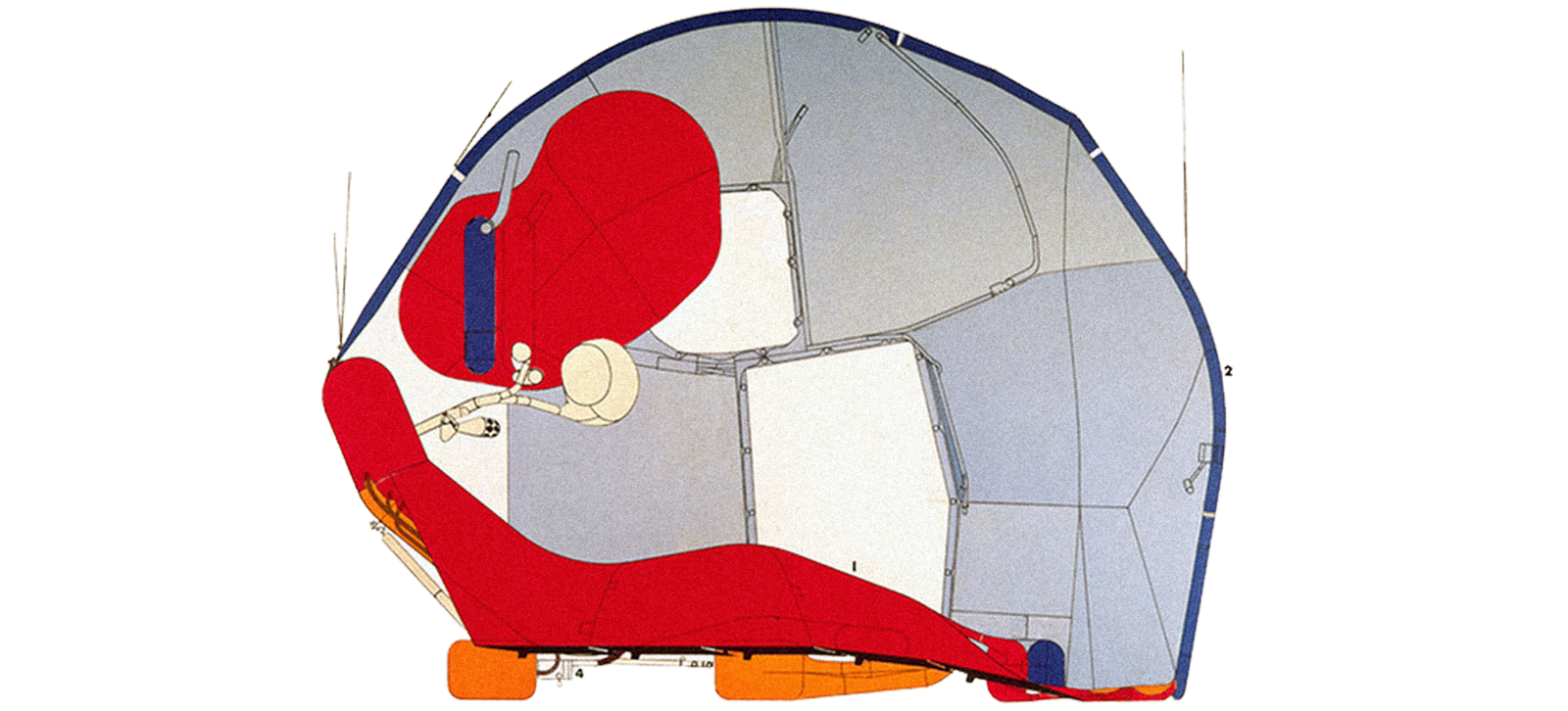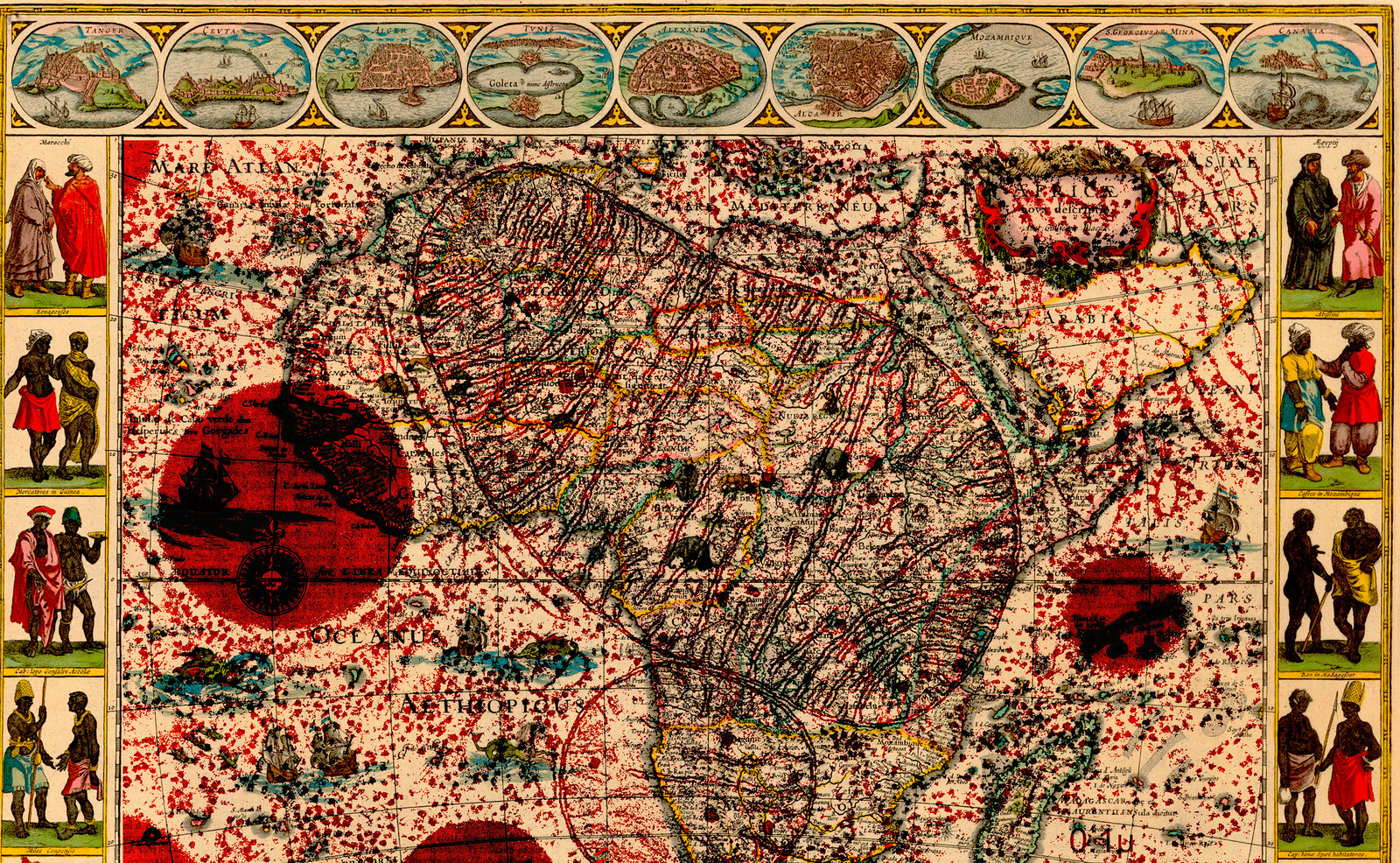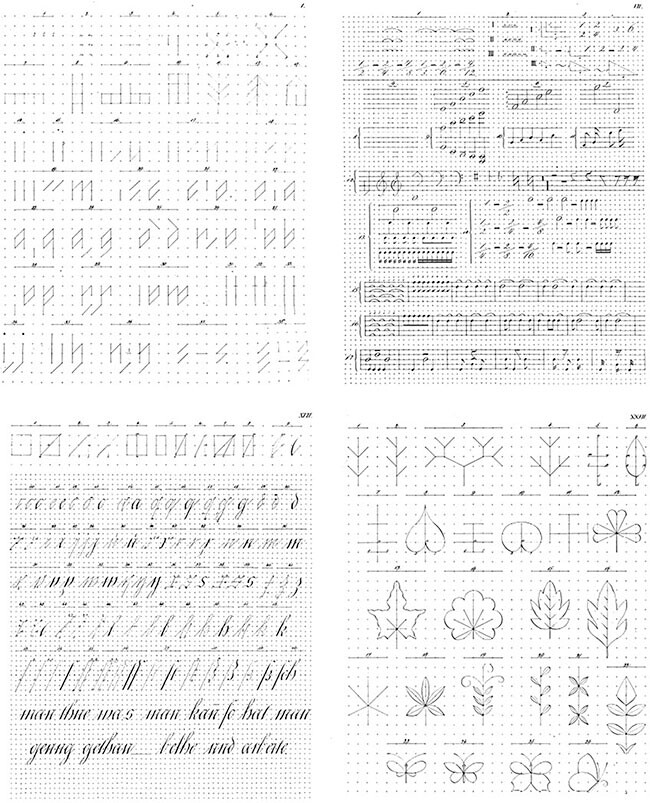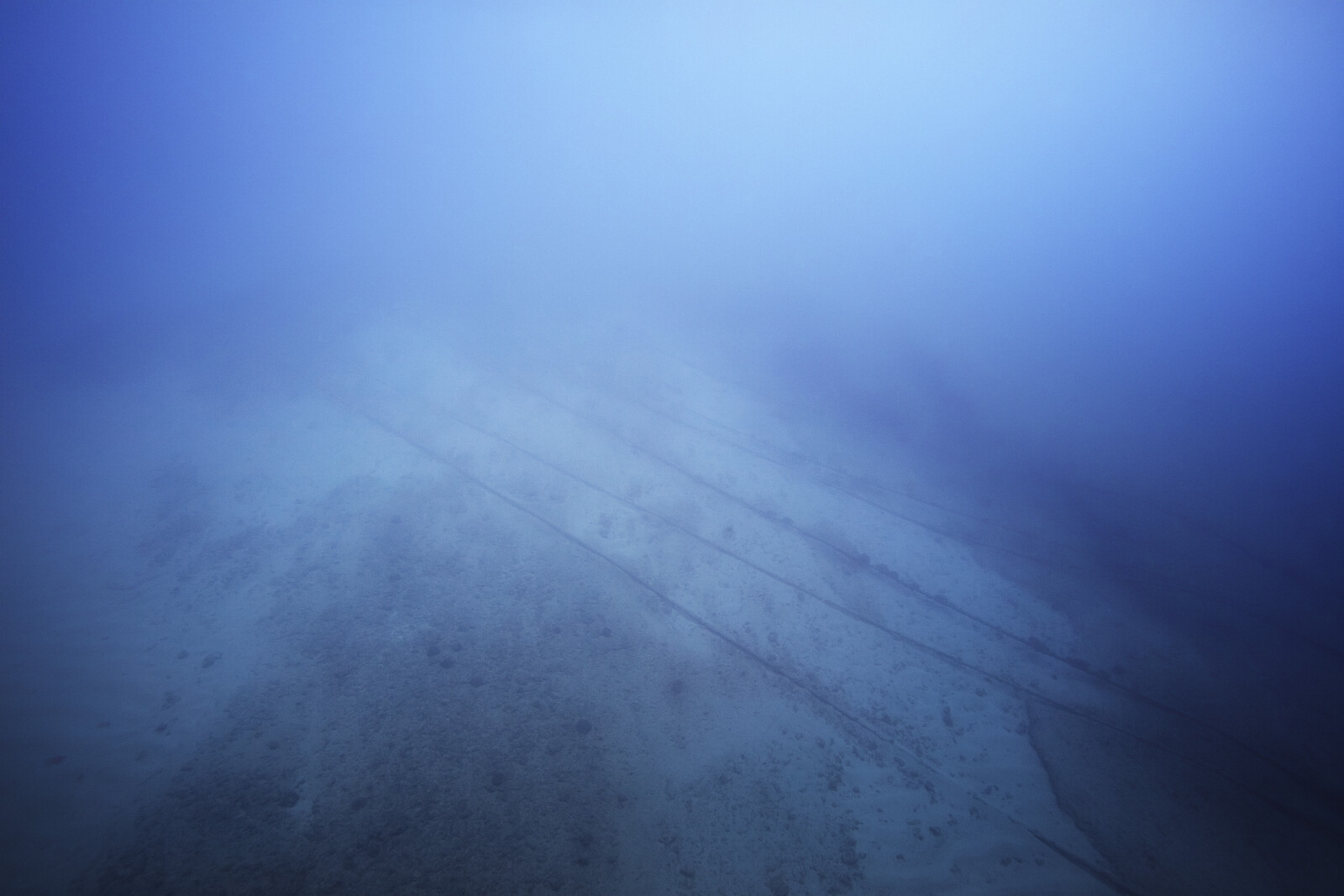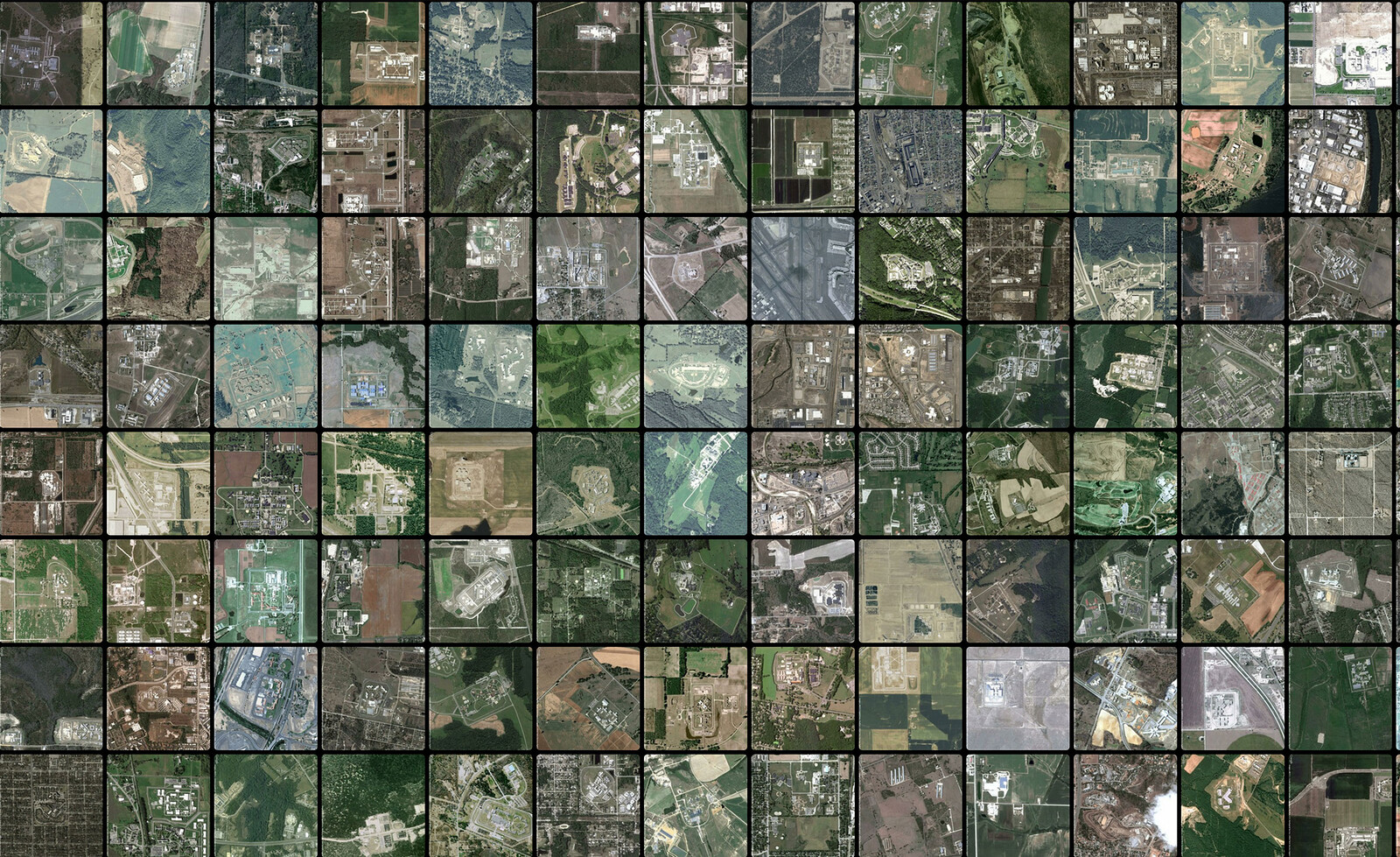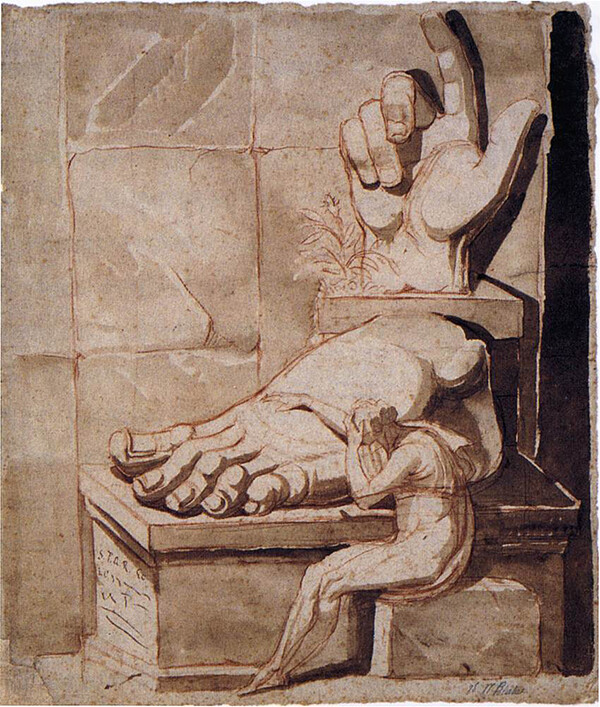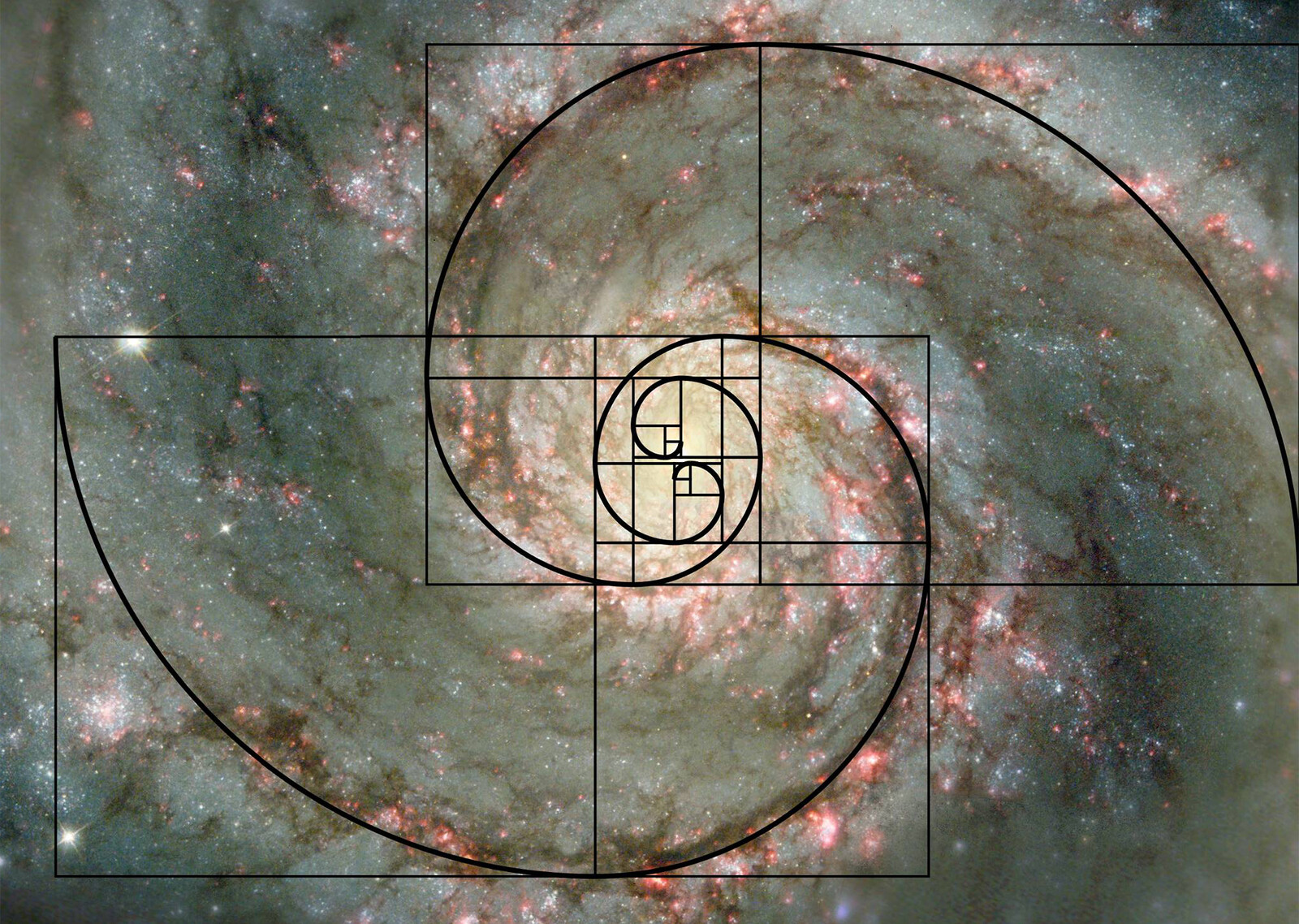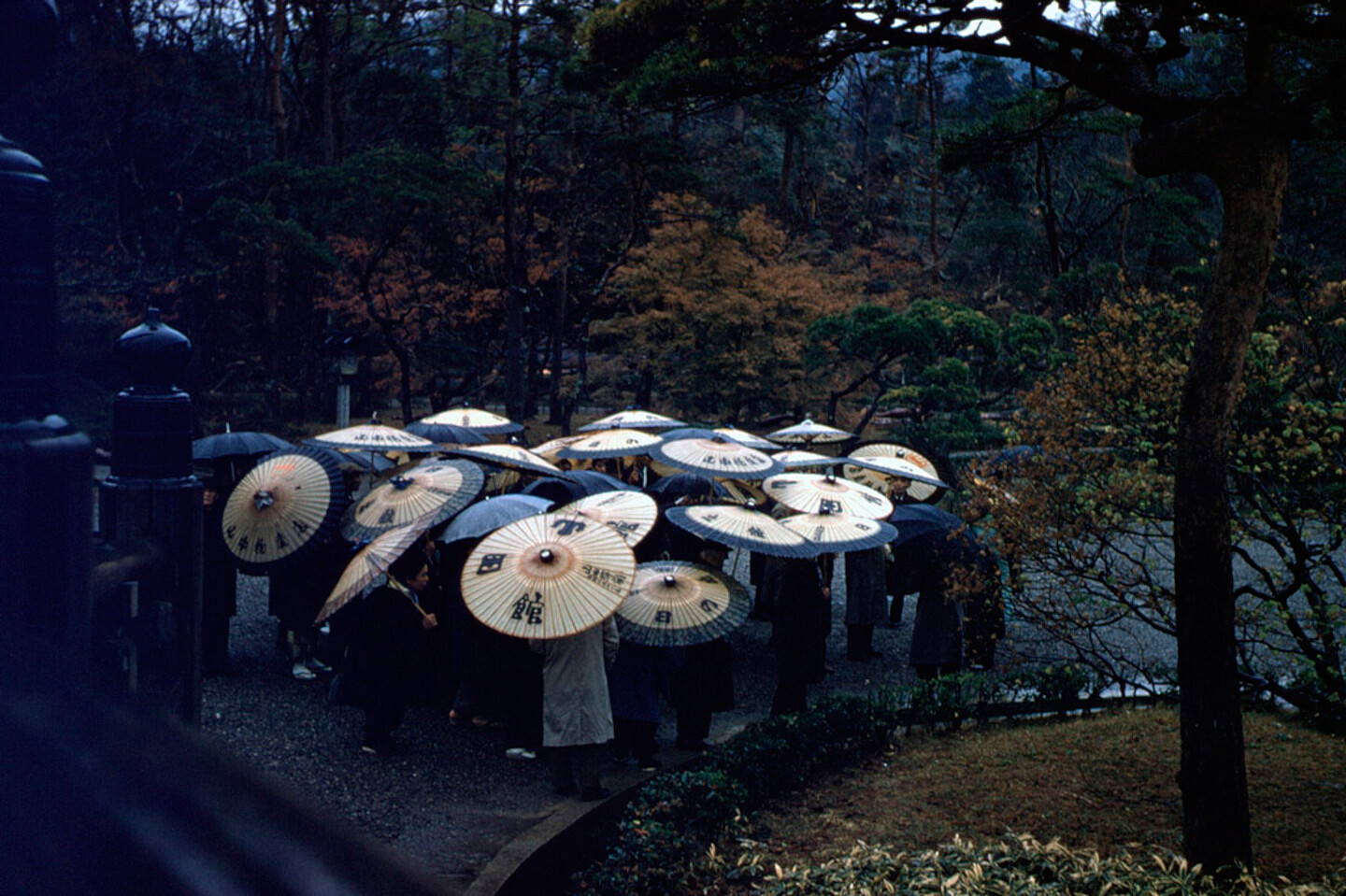Psychotropic Air
A narcotic nimbus floats above us. As revealed in the 2012 report “Airborne Psychotropic Substances Monitored in Eight Big Italian Cities: Burdens and Behaviors,” the air over Italy is congested with chemical traces and particulates of nicotine, marijuana, and cocaine.1 The report suggests that global drug use can now be tracked and diagnosed by atmospheric sampling and testing. Narcotic concentrations disclose patterns of illicit distribution and consumption below, while air currents redistribute and disperse drug traces above. This report, and other aerial drug particulate studies, point to a new confluence of atmospheric science and narcotic regulation and to overlapping scenes of chemical monitoring and control. Through atmospheric drug testing, air has become forensic—delivering particulate evidence of illegal drug trade—and now appears as the demonstration of our collective self-medication. Global air is a vast exhalation of THC, cocaine, opiates, and other psychotropic supplements.
The drugged air space of Italy was measured and assessed more than a decade after a similar study discovered traces of cocaine and other narcotics hovering alongside the noxious pollutants in Los Angeles smog.2 It is not especially surprising to find Los Angeles at the forefront of aerial drug testing. Following the First National Symposium on Air Pollution held in Pasadena in 1949, and its smog alerts of the 1950s, Los Angeles has been closely identified with its air quality. Over the last several decades, the conception and image of LA air has progressively cohered as a receptacle of contaminants, as an active corrosive agent, and as the generator of the city’s hazy atmospheric refraction. The coming into visibility of pollutants, related techniques of measurement, the analysis of harm to the city’s population, and the emergence of regulation and governmental action, shape the history of Los Angeles’s air urbanism.3 In the case of suspended cocaine, heroin, and other narcotics, the monitoring of air space merges with the sites and techniques of corporal chemical testing and rebalancing that have also made Los Angeles the ground zero for a culture of self-improvement and narcotic detoxification.
By association with the history of Southern California rehabilitation centers—from the Betty Ford Clinic to Synanon—and in response to the current wave of opiate and heroin addiction, Los Angeles is the nucleus of an expanding American territory of drug addiction clinics and detox centers. In Los Angeles, and elsewhere, both rehab clinics and the analysis of aerial pollutants belong to processes of contamination and purification that became increasingly legible in the postwar period. Together they signal a toxic economy encompassing habits, consciousness, morality, legislation, and pollutants. It is a pervasive project—at once identifying, framing, and representing toxicity alongside related purifying operations and environmental controls. Over the last century aerial pollutants, radioactivity, and communication infiltration were read—along with drugs—as a family of dangerous supplements for which cities and communities became contested sites of contamination. Through rehabilitation clinics and detoxification centers, the administration of the postwar environment entered the body, dividing the chemically altered from purified citizens.
Healing Experiences
The most visible bodies belong to Lindsay Lohan and other celebrity exemplars of the condition of chemically-altered existence that Avital Ronell describes as “Being on drugs.”4 Yet, for all “clients,” detox doubles as a clinical process and a form of appetite management, spanning from methadone cures to kale smoothies. As the roster of contemporary addiction expands—drugs, sex, love, porn, phones—so do approaches to therapy and to “healing experiences.” From stays at Promises in Malibu to Wonderland in Studio City, Lohan has been the most visible guide to this detox territory. But her six stints in rehab barely hint at its scale: there are now more than twelve thousand rehabilitation centers in the United States and tens of thousands of detoxification retreats around the world. In the US, the rise of detoxification relies not only on waves of dependency and the desires of health consumers, but also on the surge of drug courts that mandate “voluntary” rehabilitation in place of incarceration. Detox centers are the experimental, therapeutic extension of the American carceral network.
The double process of purification and self-improvement is the foundation of the current explosive growth of detoxification and rehabilitation centers. In Malibu, California alone there are thirty-four rehab clinics. Until recently, the Malibu clinics represented the top tier of luxury addiction care, treating celebrity patients and the extremely wealthy. Yet, with changes to health insurance policy in the United States, the strata of rehabilitation have been shuffled. Now, the most opulent centers have drifted to Bali, Ibiza, and other exotic sites, at which drug detoxification and spa services are often indistinguishable. However, immediately adjacent to the narcotic air of Los Angeles and with panoramic views of the Pacific Ocean, the Malibu clinics retain their therapeutic appeal.
Rehabilitation clinics in Malibu are lodged within conventional, albeit dramatically luxurious houses, leased for the purpose of care and curing addiction. California lease law limits these clinics to a maximum of six beds per building—a regulation that engenders an unexpected intimacy and domesticity. However, in its new configuration, the use and logic of the house is curiously modified and altered: group therapy halls replace living rooms, experimental neurological therapy chambers fill garages, and closets and pantries become replacement medication dispensaries. In Malibu, drug addiction, which is often born within domestic space, is also treated within domestic space. A therapeutic ethos penetrates even the most quotidian activities of domestic life. In some clinics, patients eat meals designed for therapeutic benefit in the company of psychologists and counselors. Bedrooms are shared to foster mutual reinforcement and observation. The clinic’s bedrooms, hallways, bathrooms, and dining rooms are implicated in the correlation between behavior and space—a fundamental premise of environmental and behavioral psychology. The result in these centers is that domesticity is also reconditioned.

Sitting area with view at Cliffside Malibu addiction treatment center. Photo: Cliffside Malibu.

Private room at Cliffside Malibu addiction treatment center. Photo: Cliffside Malibu.

Private chef preparing meal at Cliffside Malibu addiction treatment center. Photo: Cliffside Malibu.
Sitting area with view at Cliffside Malibu addiction treatment center. Photo: Cliffside Malibu.
One consequence of health insurance policy and the extreme cost of care is that rehabilitation—the phase of therapy in which new habits and behaviors are to be formed—is often compressed from the previous standard of ninety to thirty days. Hence, the array of therapies and techniques during the shortened stay expands to fill almost every hour of patients’ lives. No aspect of these clinics—from view, to landscape, to diet, to bed linens—is not considered for its therapeutic effect. Clinics are the condensation, compaction, and crystallization of therapy into spatial and material form. Countering the abridged duration of rehabilitation, Malibu’s in-patient centers are encircled by a constellation of adjunct clinical spaces, from detoxification houses to sober living homes and intensive outpatient care facilities. Therapy is thus both compressed and stretched indefinitely. The rehabilitative apparatus for designing new habits and behaviors evolves within this simultaneous compression and extension.
In court-mandated rehabilitation and at the clinics where it is a routine element of care, urine samples are tested for drug metabolites. The rehabilitation enterprise is organized around evacuating transgressive and harmful chemicals. Detoxification, the initial period of care, is most closely monitored. As the body releases chemicals it is at risk of seizure, organ failure, and is sensitive to pain or other discomforts. While urine tests deliver initial readings of drugs and trace chemicals, thin-layer chromatography, gas chromatography, and mass spectrometry provide more accurate evidence of drug concentrations through their patterns of chemical spikes and stains. Other forms of testing, from brain scans to neurological assessment, complement urine analysis. At one extreme, these tests are processes of intimate, corporal care. At the other, they indicate a broad cultural and biopolitical regime of drug control. Yet at both ends of this spectrum, patients are classified in relation to chemical additives and behaviors and identified according to pathological vectors of social, technical, sexual, and narcotic subjectification and addiction.
While patient’s bodies are monitored as the site of chemical accumulation and alteration, core rehabilitation therapies are combined to treat underlying psychological causes of addiction. Administered by teams of psychiatrists and therapists, primary clinical approaches are founded on varieties of cognitive behavioral therapy, other intensive individual psychotherapies, family therapy, group therapies, and twelve-step-based techniques. Around this core of conventional therapies radiates a complex pattern of alternative and experimental therapies. Many of these, from somatic experiencing to acupuncture, aqua therapy, and yoga, attempt to remedy trauma and construct new bridges between behavior and corporal experience. Others, such as equine therapy, focus on establishing social bonds through empathy training. Even more innovative techniques have emerged, such as EMDR—Eye Movement Desensitization and Reprocessing—which combines talk therapy and bilateral eye movement to excavate repressed and troubling memories. There is a renewed onus on the clinics to deliver empirical evidence of therapeutic efficacy in treating addiction, and it is this pressure that contributes to the proliferation and combination of techniques. In the Malibu clinics, addiction is generally theorized as an overdetermined condition requiring an expanded repertoire of therapy responses. As the schedule, variety, and categories of therapy accumulate, the boundary between the space of therapy and the space of life erodes, until an image of total environmental therapy begins to appear.
The Malibu recovery centers provide the setting and clinical apparatus for this total environmental therapy. Withdrawal is their primary spatial and therapeutic device. It simultaneously describes the physiological response to drug cessation, patient sequestration, and the centers’ physical isolation on the Malibu cliffs, which is itself considered and marketed as a form of therapy. Through withdrawal and isolation and via a therapeutic imaginary locked onto the California coast, new clinics are linked to a twin history of rural retreats, centers, and institutes, especially as they gained popularity in California during the 1960s and 1970s. The Malibu centers’ clinical environments merge with a West Coast landscape, marked and inflected by association with the psychedelic sublime of growth centers such as Esalen and other early California retreats.
Psychedelic Work
Founded in 1962 by Stanford University psychology graduates Michael Murphy and Dick Price, the Esalen Institute quickly emerged as the West Coast center of behavior modification. Guided by psychologists Fritz Perls and Abraham Maslow, and influenced by Aldous Huxley and psychedelic activist Timothy Leary, the institute experimented with chemicals, consciousness, and new forms of therapy that became the conceptual armature and the working methods of the Human Potential Movement. With advocates like Gregory Bateson and a steady flow of celebrity visitors from Steve McQueen to Buckminster Fuller, the institute became the most visible venue for a culture of experimental self-improvement. Life magazine identified Esalen as the home of a new movement “to unlock the potential of what people could be—but aren’t.”5
The roster of therapies that organized life at the institute combined meditation, Eastern mysticism, nudity, sex, and drugs. These therapies were presented in parallel with Gestalt Therapy and its encounter group sessions—“marathons of almost continuous emotional involvement”—in which participants might be asked to communicate through “eye-a-logues,” staring into each other’s eyes for up to one hour.6 More commonly, sitting in the “hot-seat,” participants were subjected to blunt observations about their personality and behavior. In one variation, female students exposed their genitals while others offered comments as they “processed” their reactions together.7
However prevalent these forms of encounter, the proliferation of therapies that became the signature of Esalen was initially invented, pursued, and scripted through drug experimentation. Seemingly in agreement with Timothy Leary’s claim that a “politics of ecstasy” demanded its own “psychedelic work,” the workshops at Esalen relied on LSD as a basic tool for enhancing consciousness and fostering psychic growth.8 “Drug-Induced Mysticism” and other early seminars underscored an LSD orientation and established Esalen’s integration of psychedelic vision and therapeutic imagination.9
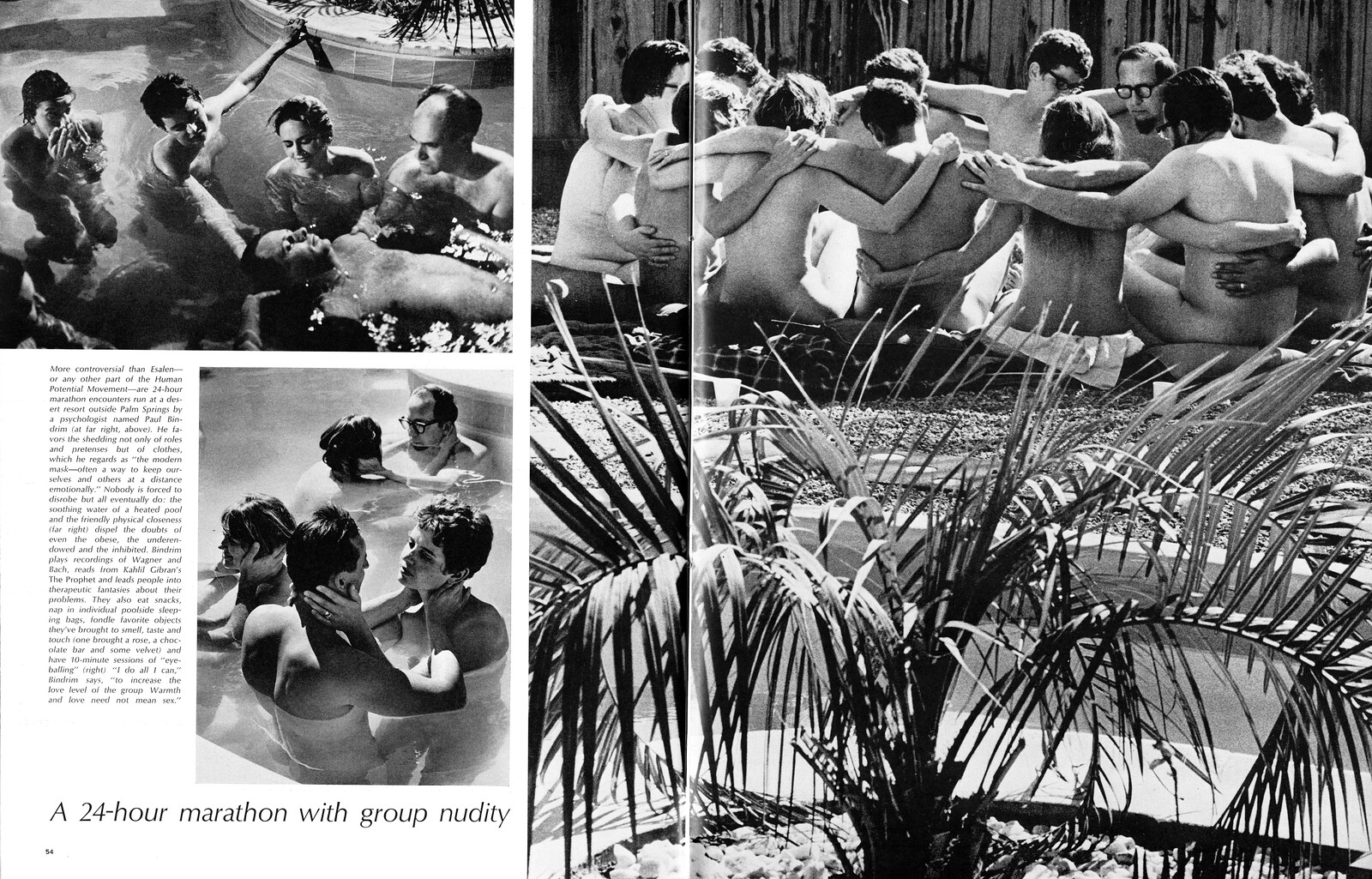
“Nude Encounter Group” in LIFE, July 12, 1968. Photo: Ralph Crane/Time Life Pictures/Getty Images.
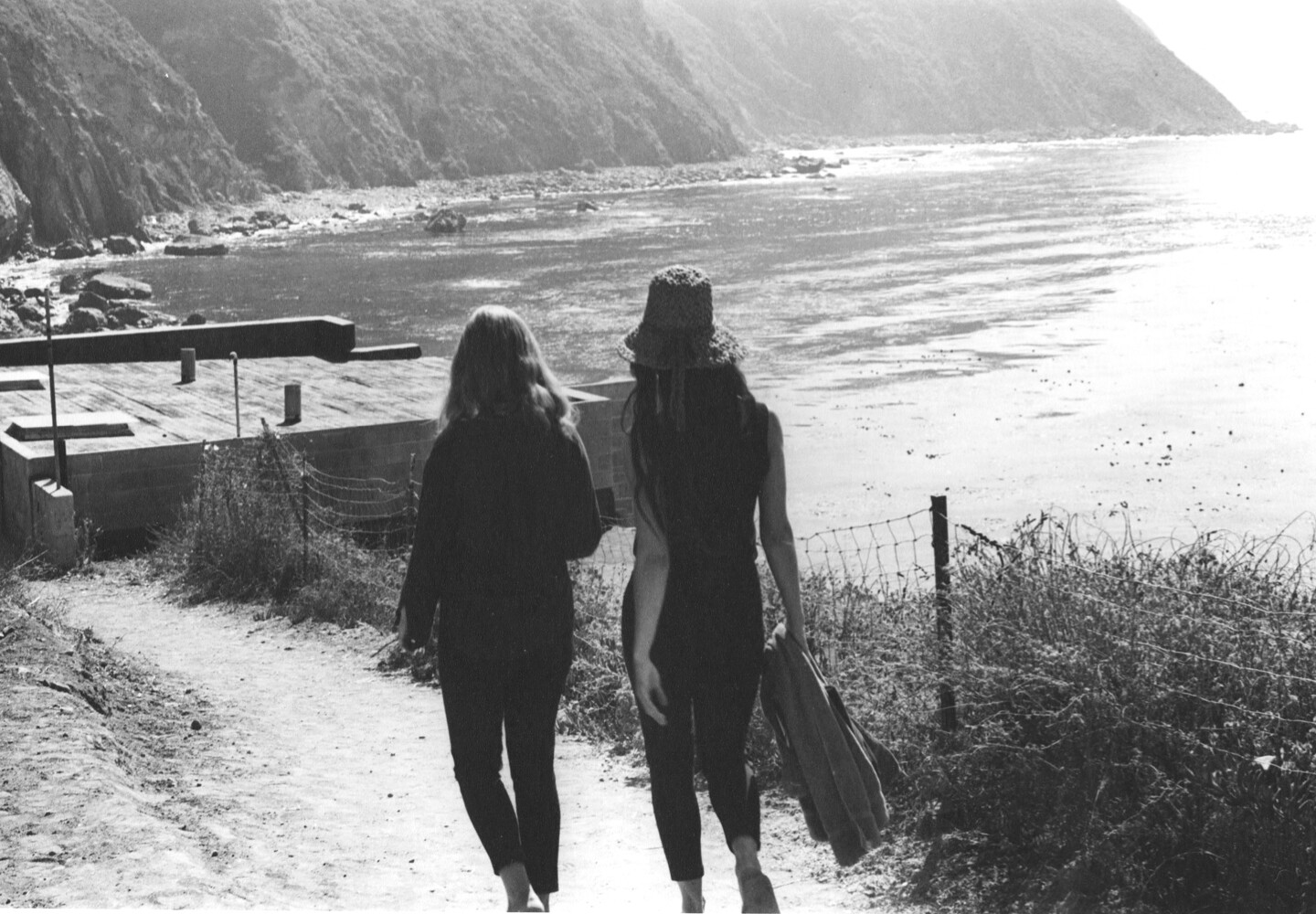
Path to the baths of the Esalen Institute. Photo: Paul Herbert. Image courtesy of the Esalen Institute.
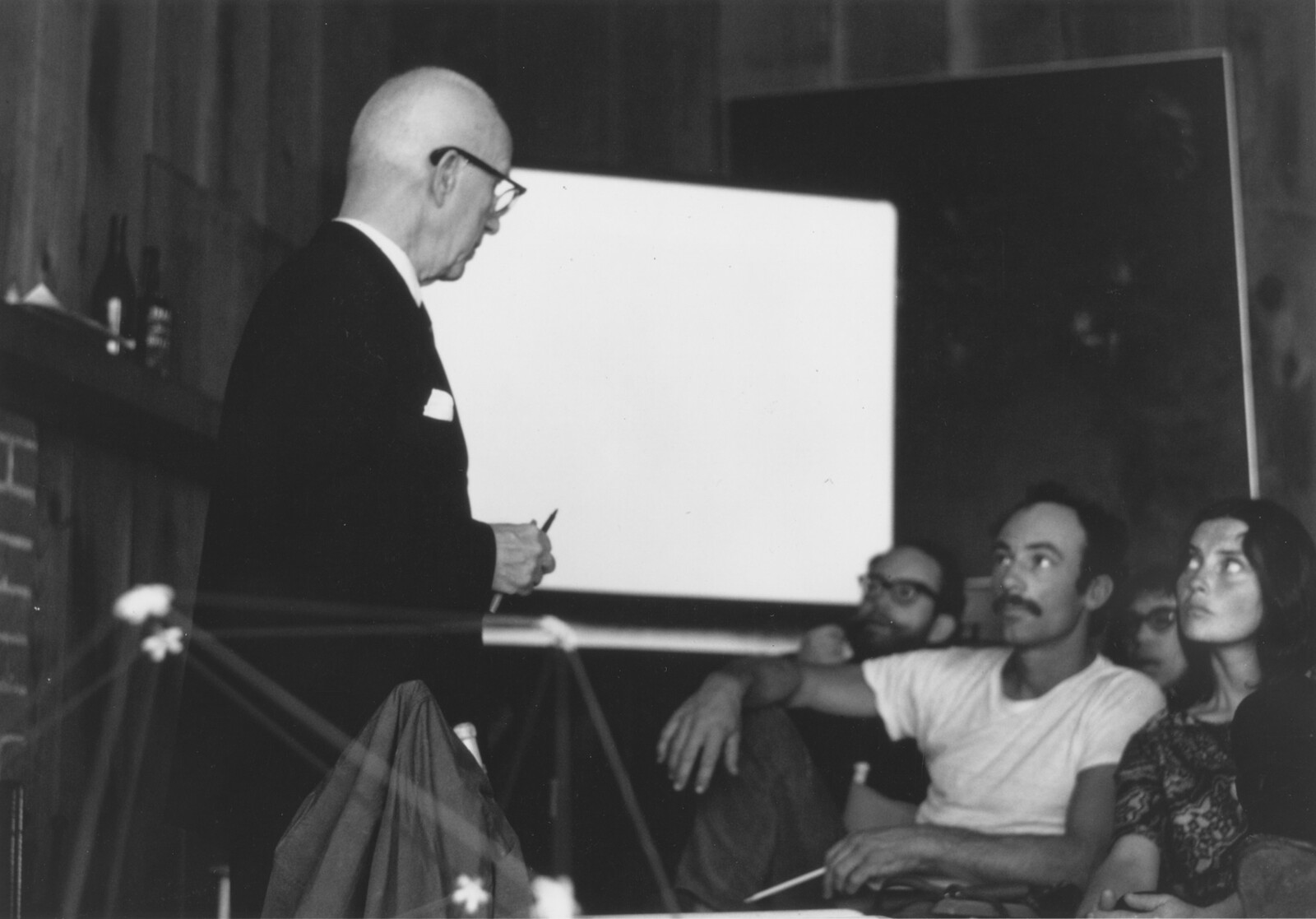
Buckminster Fuller speaking at the Esalen Institute. Photo: Paul Herbert. Image courtesy of the Esalen Institute.
“Nude Encounter Group” in LIFE, July 12, 1968. Photo: Ralph Crane/Time Life Pictures/Getty Images.
Diedrich Diederichsen relates early 1960s psychedelic vision to a more encompassing “psychedelic disposition.”10 More perceptual attitude than hallucination, this disposition might liberate both LSD trippers and straight observers from the annoyance and distraction of the “hiss of the capitalist world.”11 Not only would it allow subjects to fall free from the grip of mechanisms of everyday social control; so too would objects fall out of their ordinary place in the world to become suddenly strange, decontextualized, “pure objects.” This disposition might also fixate on landscapes, recognizing in them—with Robert Smithson—“pure terrain, free of purposes and use.”12 But the liberating detachment of this vision would not stay free forever. Kitschy, esoteric illustrations of the psychedelic landscape hovered around, always ready to re-anchor an unmoored acid vision. Diederichsen references Michel Foucault’s improbable LSD experience at Zabriskie Point, wondering what it means to drop acid at this spot already psychedelically coded by the most hallucinatory scene in Michelangelo Antonioni’s film. The acid vision of this landscape is both decontextualized, pure terrain and recognizable psychedelic object.
A version of this psychedelic geography colors Esalen’s therapeutic landscape. The vista of surging waves at Big Sur—the backdrop of meditation rituals, nude massages, and encounter sessions—was the perpetual object of contemplation that helped spark chemically enhanced consciousness. Like Zabriskie Point, the Big Sur landscape on acid both falls away from ordinary perception and congeals as a fixed object of psychedelic consciousness. Leary argued that because consciousness is biochemical, advanced consciousness could therefore be attained by chemical adjustments. Just as telescopes and other new technologies have evolved to aid external vision, Leary claimed that so do new technologies evolve for inner vision. The image of the Big Sur landscape made psychedelic and Leary’s inner vision converged to form Esalen’s therapeutic and psychedelic sublime.
By the 1970s, Leary’s psychedelic labor performed with chemical additives veered, instead, toward cleansing rituals and chemical recalibration. A generational fatigue with LSD, the 1970 Controlled Substances Act that classified narcotics into five stratified “schedules,” and the shifting politics of ecstasy all impacted Esalen’s practice of therapy. The period also saw notions of care and self-discovery elsewhere drift away from narcotic chemicals toward an incipient culture of detoxification. At the Living Word Fellowship center in San Francisco, for example, teenagers were encouraged to abandon acid as their source of cosmic insight for the high that Jesus offered.13 At other human growth centers, the psychedelic work of being on drugs was replaced with the labor of being off drugs and with a form of liberation gained through meditation and personal growth. If the early Esalen Institute at Big Sur and other countercultural resorts formalized drug use as a tool for expanding consciousness and opening the doors of perception, New Age retreats offered alternate avenues to enlightenment. Ecstatic contamination through LSD ceded to ecstatic purification through detoxification, diet, yoga, and a complex of therapies that substituted chemical ingestion with chemical recalibration.
By the mid-seventies, there were more than three hundred growth centers registered in the US and more than ten million Americans who had taken part in growth seminars.14 Most of these centers and personal growth organizations—EST, or the Erhard Training Seminars, for example—had a decidedly non-psychedelic vibe. Yet despite the proliferation of new growth centers, and the broad rejection of psychedelic drugs as a primary tool of the Human Potential Movement, narcotic use hardly disappeared. Rather, one in five noninstitutionalized Americans was prescribed psychotropic drugs, marking a substantial shift in drug identity and in the methods of its distribution and circulation.15
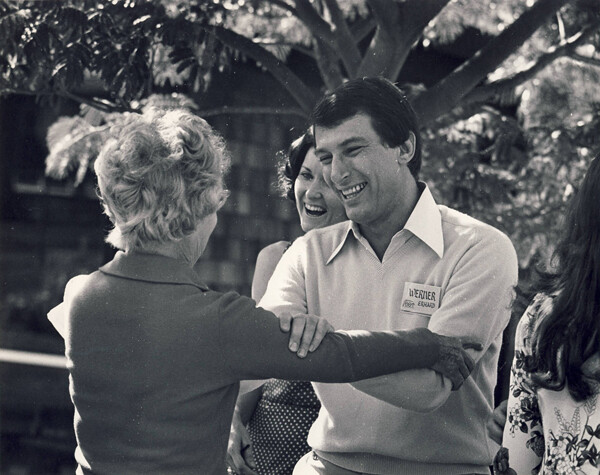

Werner Erhard of greeting early EST graduates at an Erhard Seminars in Training reunion, 1976. Photo: Werner Erhard Foundation.
Alongside this reformulation of personal growth and its therapies, the status of trauma—at the core of most of the psychological experiments at Esalen—departed from the purely personal or psychological to encompass the environmental. Notions of environmental injury, the effects of which the Ralph Nader Study Group described in the 1970s as a crime wave victimizing America’s citizens, appeared ever more forcefully linked to aerial contaminants and pollutants.16 The Nader group’s polemic claimed these pollutants were a type of domestic chemical and biological warfare, implicitly linking the victims of smog attacks to victims of mustard gas, smoke bombs, and the napalm clouds exported to Vietnam. As with these shifting clouds, the contours of an injurious environment fluctuated and expanded to encompass a broader notion of injury and victimization. Assessing the history of subjectification and management of human conduct, Nikolas Rose refers to a “passional economy” in which subjects are identified by desires, pleasures, and disorders of excess.17 If the early Esalen promised liberation by channeling this economy, the conception of therapy at the detox clinics in Malibu and in the growth centers of the early 1970s turned toward its limitation and restriction. Recovery therapies stage an encounter not only with personal trauma, but also with the trauma and injury one has suffered through immoderate engagement with chemicals. Yet just as environmental chemicals are understood to be injurious, drug addiction and disorders of excess are linked to both the mismanagement of conduct—or personal failure—and to an environmental injury that expands well beyond the ecological. New forms of alienation, states of shock from financial precarity, and other ravages of capital, compel attempts at narcotic compensation in lieu of narcotic liberation. Full detoxification would mean encountering and coming to terms with this broad sense of cultural environmental injury.
Malibu rehabilitation centers attempt to respond to this expanded field of injury through their clinical disposition. At these centers we see a magnification of our contemporary culture of therapy and at the same time a reconsideration of the identity, morality, and effects of contaminants. Here personal growth—exercised against excess and against contemporary forms of trauma and injury—simultaneously departs from and recalls the Esalen therapy revolution. Like the narcotic air over Italy and Los Angeles, the clinics still carry traces of a West Coast psychedelic disposition. They elaborate techniques of self-care in view of a landscape that oscillates between its everyday clinical use and its entrenched, anchored status as psychedelic object. The clinics are both animated and contaminated by a therapeutic psychedelic legacy that strobes with vestiges of earlier retreats from the 1960s and 1970s. This flashing, or flashing back, allows us to glimpse within the space of clinical therapy a history of altered perception organized into an economy of personal improvement. The circuit of toxins and detoxification shifts between psychedelic vision and a clinical sphere of cleansing and responsibility. It circles around and connects environmental degradation, the liberating promise of the molecular revolution, and the administration of consciousness.
Angelo Cecinato, Catia Balducci, Paola Romagnoli, and Mattia Perilli, “Airborne Psychotropic Substances Monitored in Eight Big Italian Cities: Burdens and Behaviors,” Environmental Pollution 171 (2012): 140.
Michael P. Hannigan and Glen R. Cass, “Bioassay-Directed Chemical Analysis of Los Angeles Airborne Particulate Matter Using a Human Cell Mutagenicity Assay,” Environmental Science & Technology 32, no. 22 (1998): 3511.
“Air urbanism” is a term Marcos Sanchez and I have used in a series of projects that examine the air history of Los Angeles and Mexico City. As suggested here, the term applies to aerial monitoring techniques, the appearance of a discourse on contaminants, and to the representation and aesthetics of urban aerial pollution.
Avital Ronell, Crack Wars (Lincoln: University of Nebraska Press, 1992), 11.
Jane Howard, “Inhibitions Thrown to the Gentle Winds,” Life, July 12, 1968, 48.
“The Group: Joy on Thursday.” Newsweek, May 12, 1969, 105.
As noted in The Economist, “sometimes these sessions led to emotional catharsis; sometimes they led to bitterness and divorce.” “Where ‘California’ Bubbled Up,” The Economist, December 22, 2007, 75.
Timothy Leary, “The Molecular Revolution,” in Timewave Zero: A Psychedelic Reader, eds. Lionel Bovier and Mai-Thu Perret (Graz: JRP Editions/Rovolver/Grazer Kunstverein, 2001), 18.
“Drug-Induced Mysticism” was led by Myron Stolaroff, an engineer who had been at the forefront of magnetic tape recording development at the Ampex Corporation. Through Stolaroff we glimpse the integration of techniques of personal improvement, conceptions of human capacity aided by a clinical, therapeutic, and psychedelic imaginary, and notions of the self extended by technology—an aggregate of effects and influences that was eventually absorbed by the technical culture of the Bay Area. In this context Steve Jobs’s relation to Eastern mysticism and psychedelic drugs appears less as personal idiosyncrasy than as professional prerequisite.
Diedrich Diederichsen, “Psychedelic Gifts: Minimalism and Pop,” in Timewave Zero, 43.
Ibid., 43.
Ibid., 46.
Steve Tipton, Getting Saved from the Sixties: Moral Meaning in Conversion and Cultural Change (Berkeley: University of California Press, 1982), 54.
To appreciate the ubiquity of the growth centers, consider that Warren Avis, of Avis Car Rental, launched the American Behavioral Science Training Laboratories, a center for exercises in “shared participation.” For more on the proliferation of growth centers see Paul Heelas, The New Age Movement (Cambridge: Blackwell, 1996), 52.
Nikolas Rose, “Neurochemical Selves,” Society (November–December, 2003), 49.
John Esposito, Vanishing Air: The Ralph Nader Study Group Report on Air Pollution (New York: Grossmann Publishers, 1970).
Nikolas Rose, Governing the Soul (New York: Free Association Books, 1999), 271.
Superhumanity is a project by e-flux Architecture at the 3rd Istanbul Design Biennial, produced in cooperation with the Istanbul Design Biennial, the National Museum of Modern and Contemporary Art, Korea, the Govett-Brewster Art Gallery, New Zealand, and the Ernst Schering Foundation.
Category
Portions of this text were written for Detox USA, a research and exhibition project produced for the 3rd Istanbul Design Biennial in collaboration with Florencia Alvarez Pacheco and Marcos Sanchez.
Superhumanity: Post-Labor, Psychopathology, Plasticity is a collaboration between the National Museum of Modern and Contemporary Art, Korea and e-flux Architecture.



